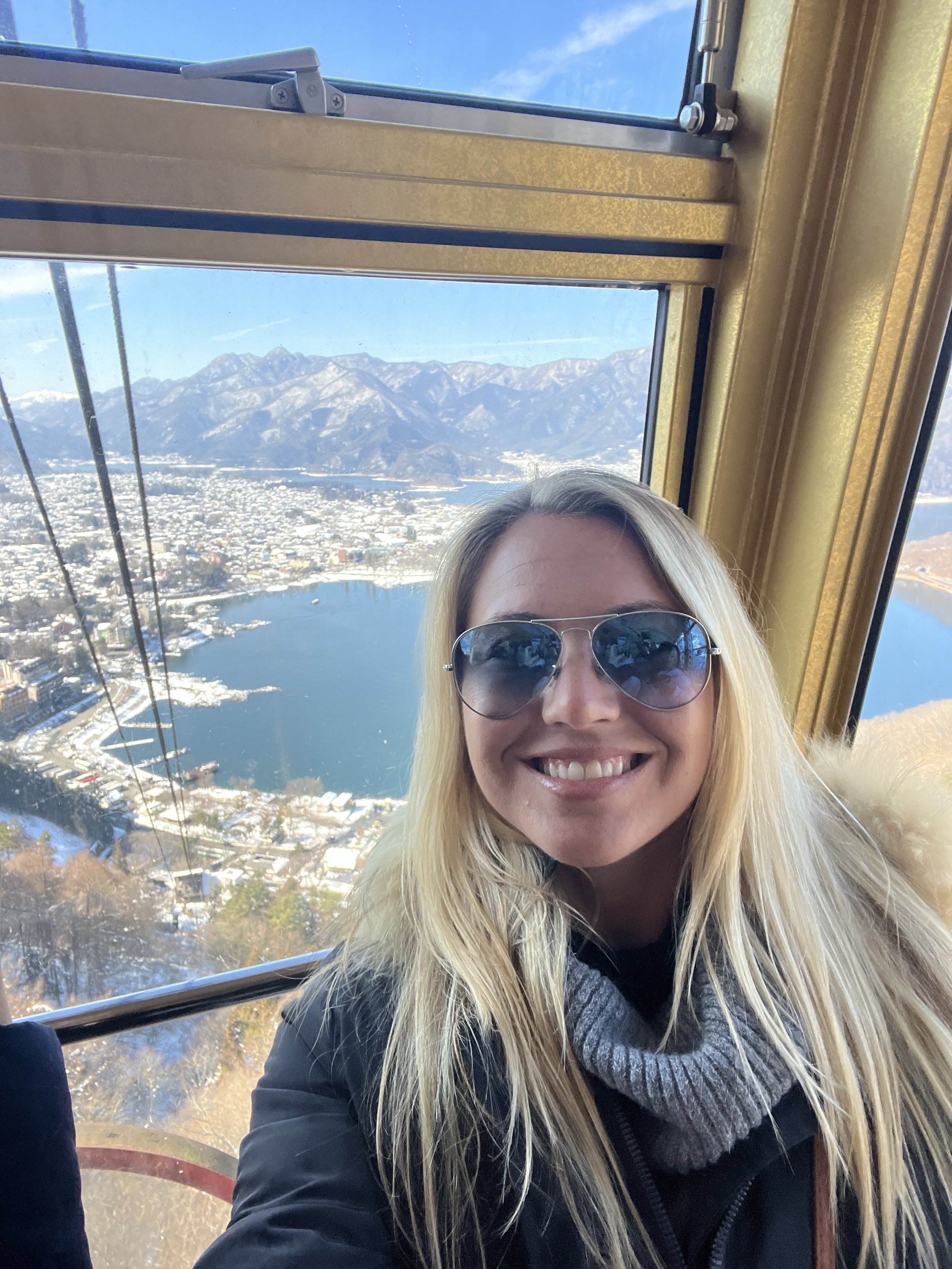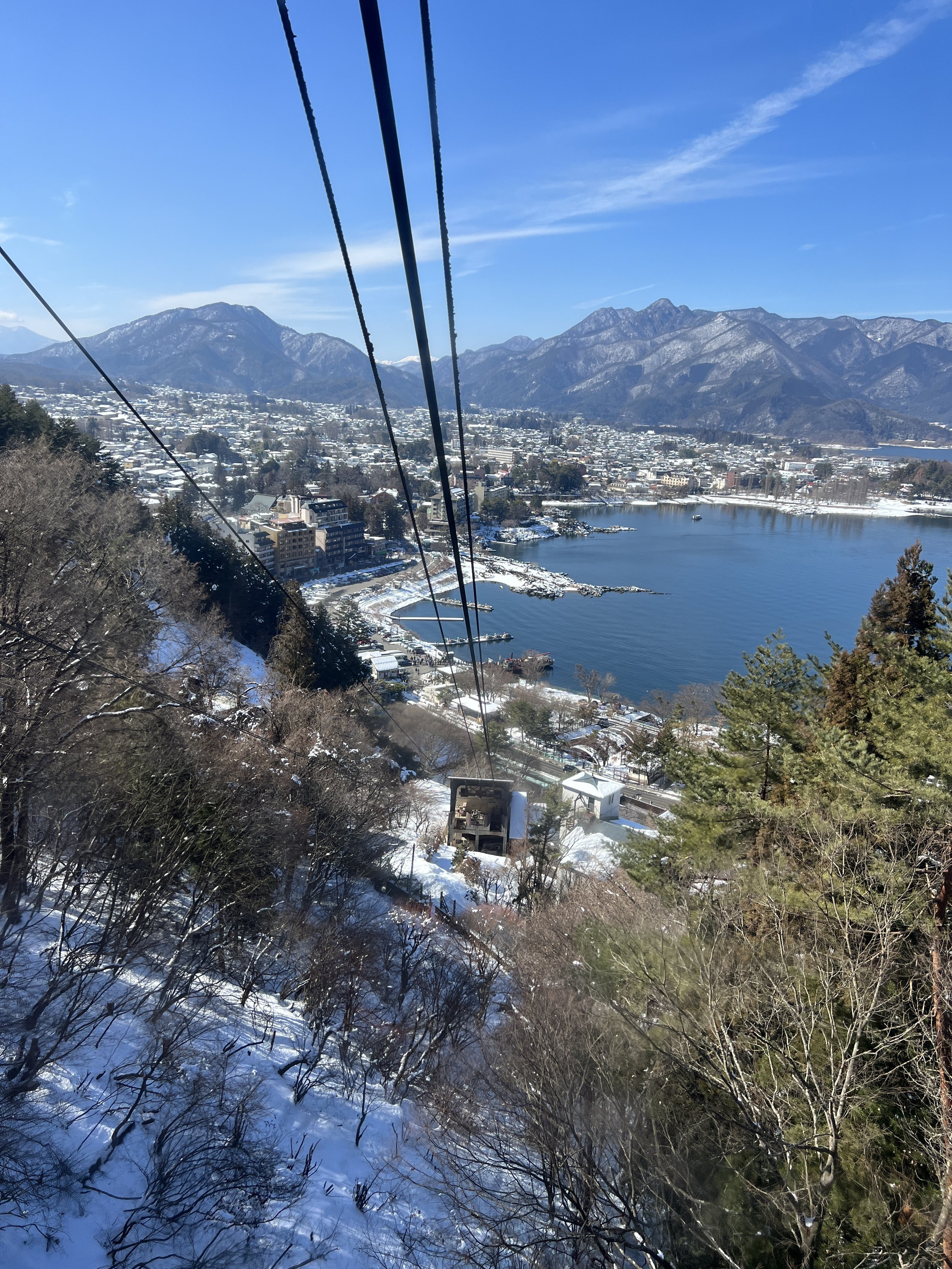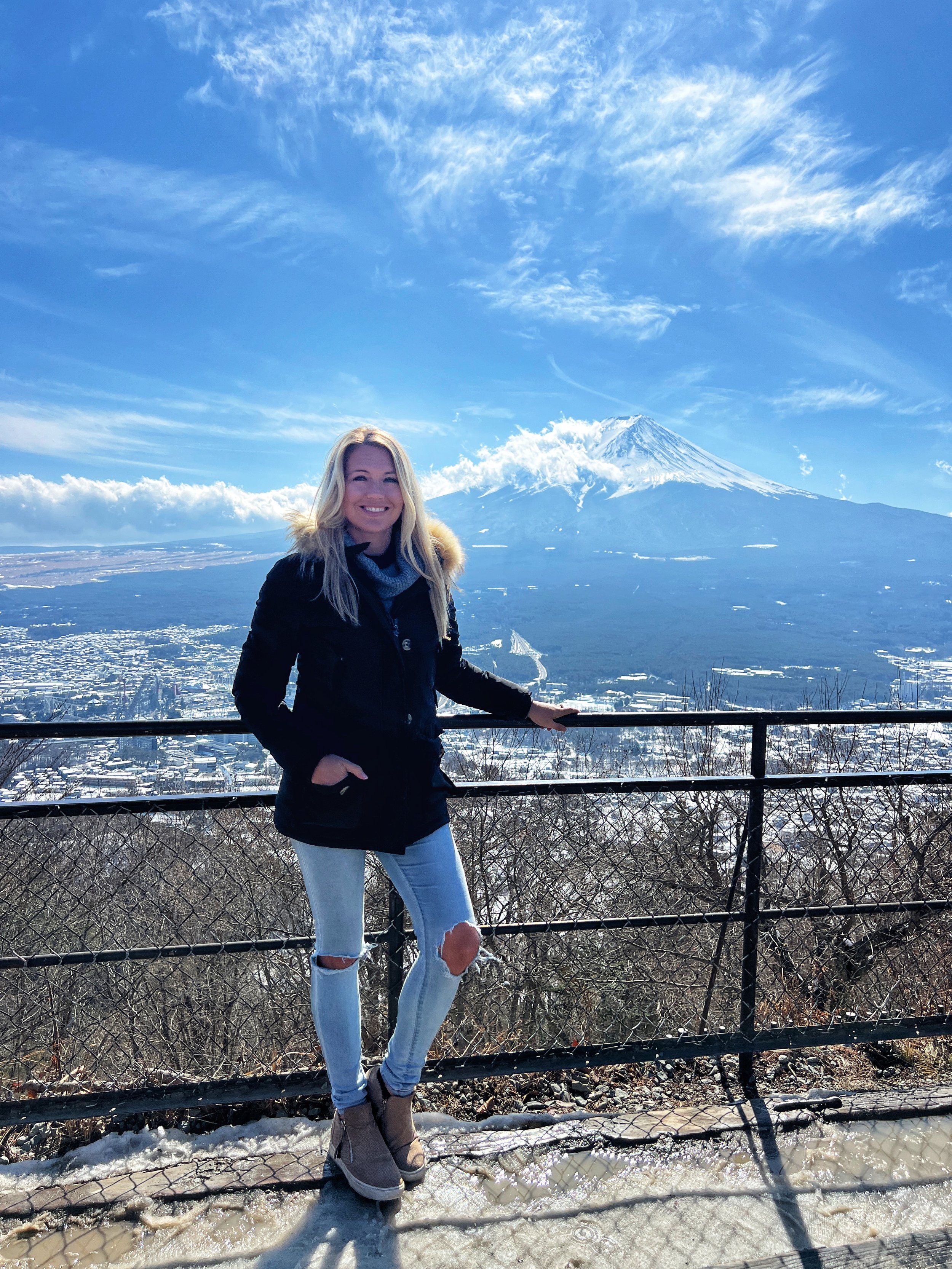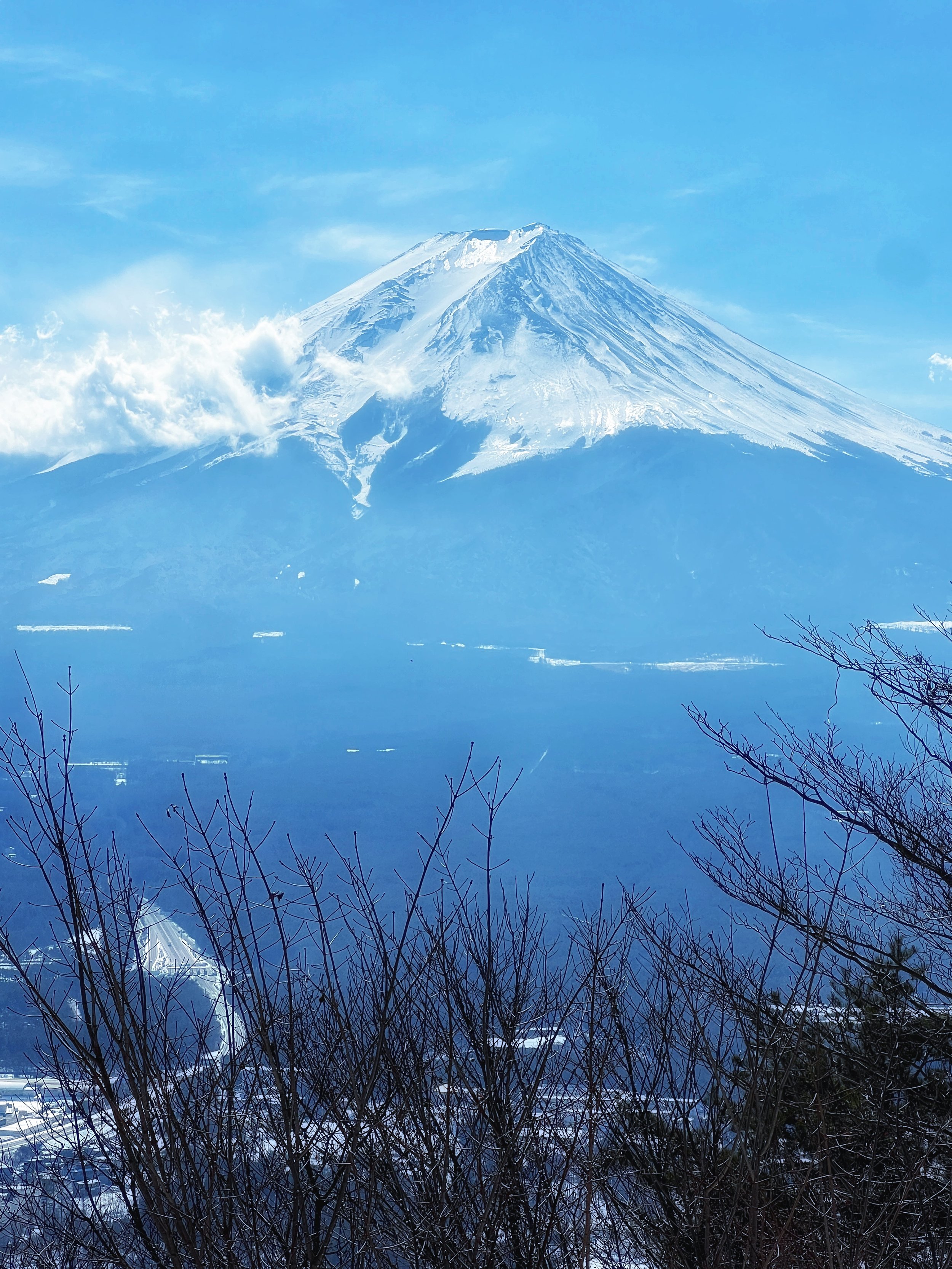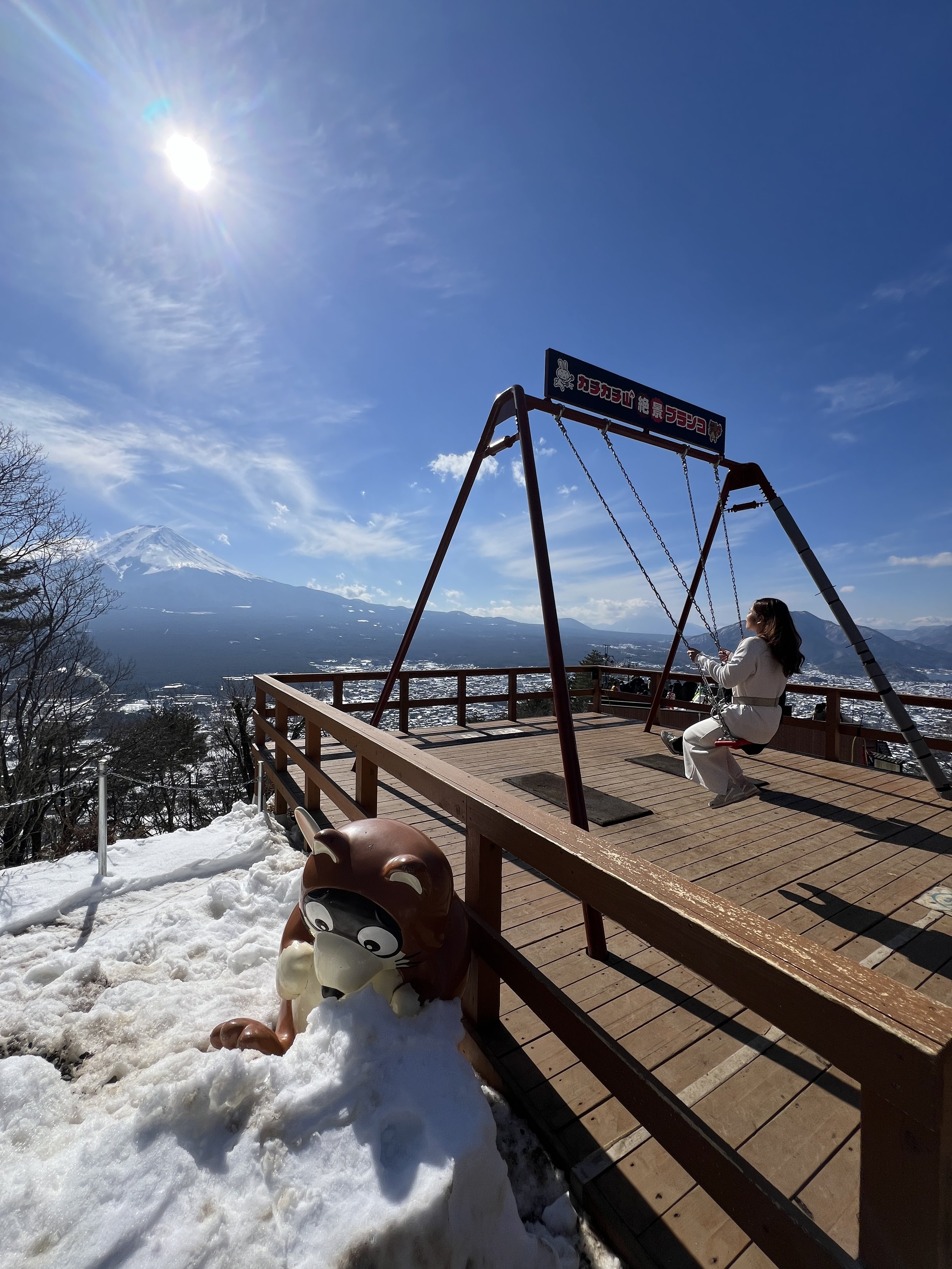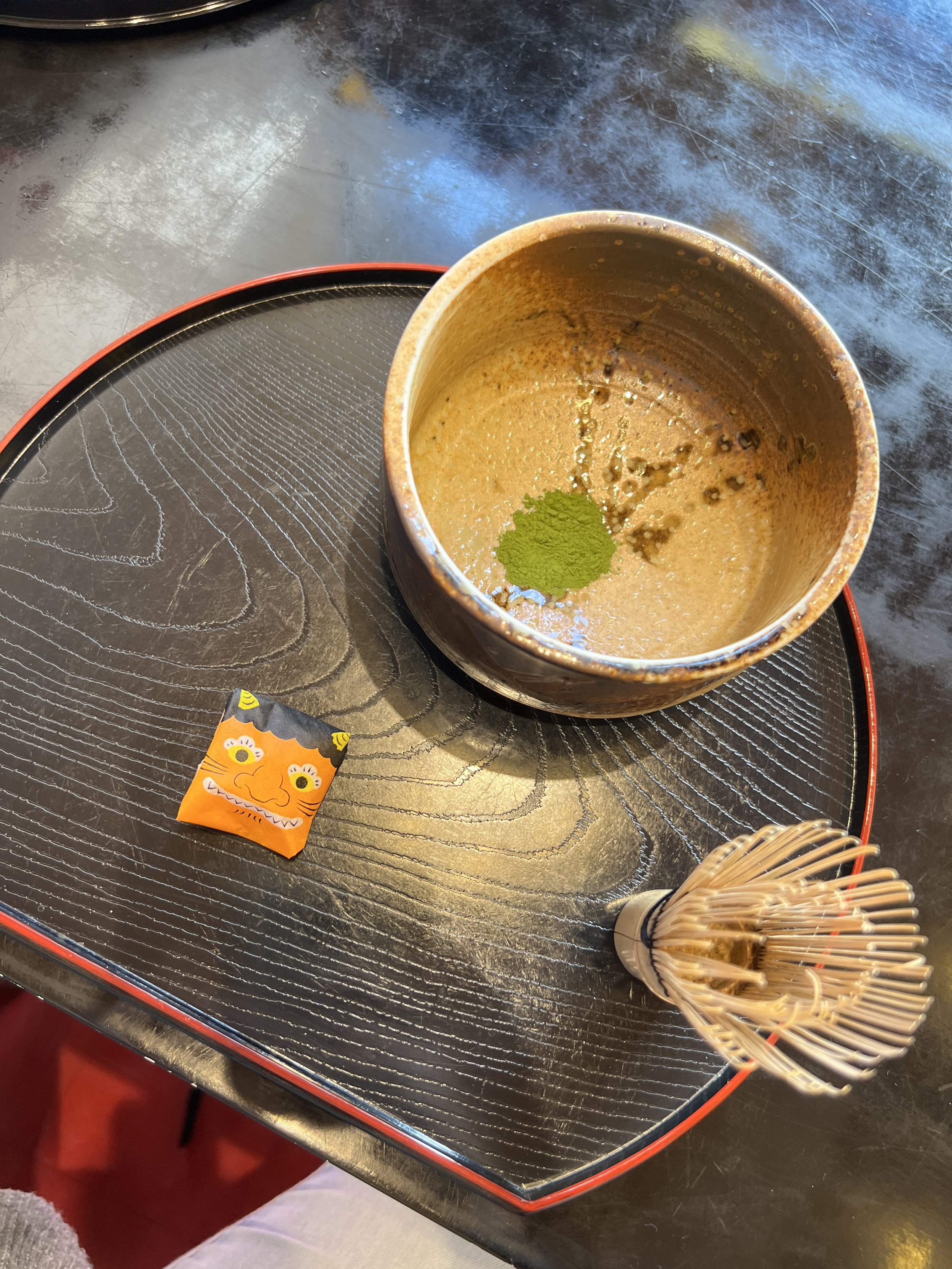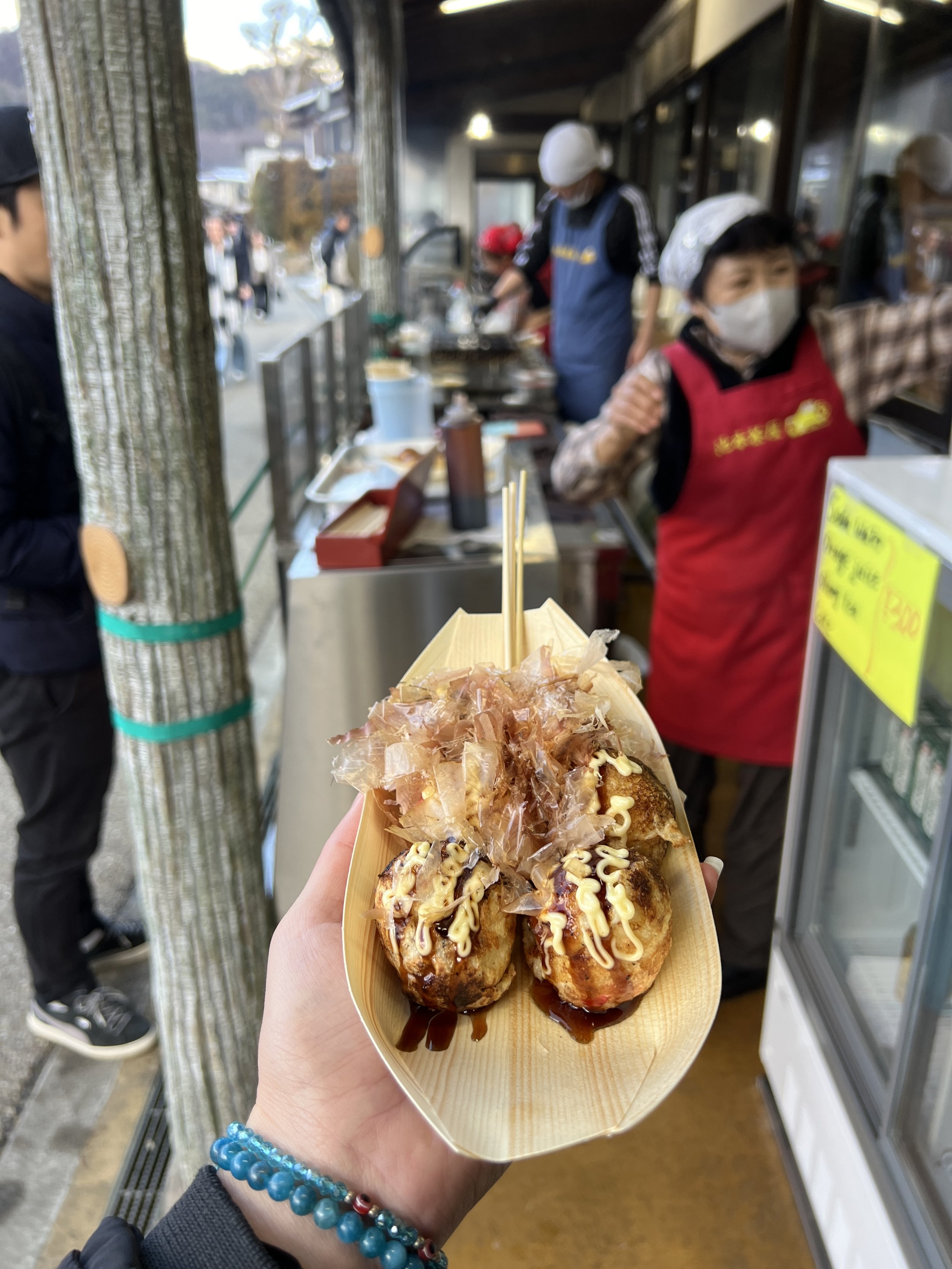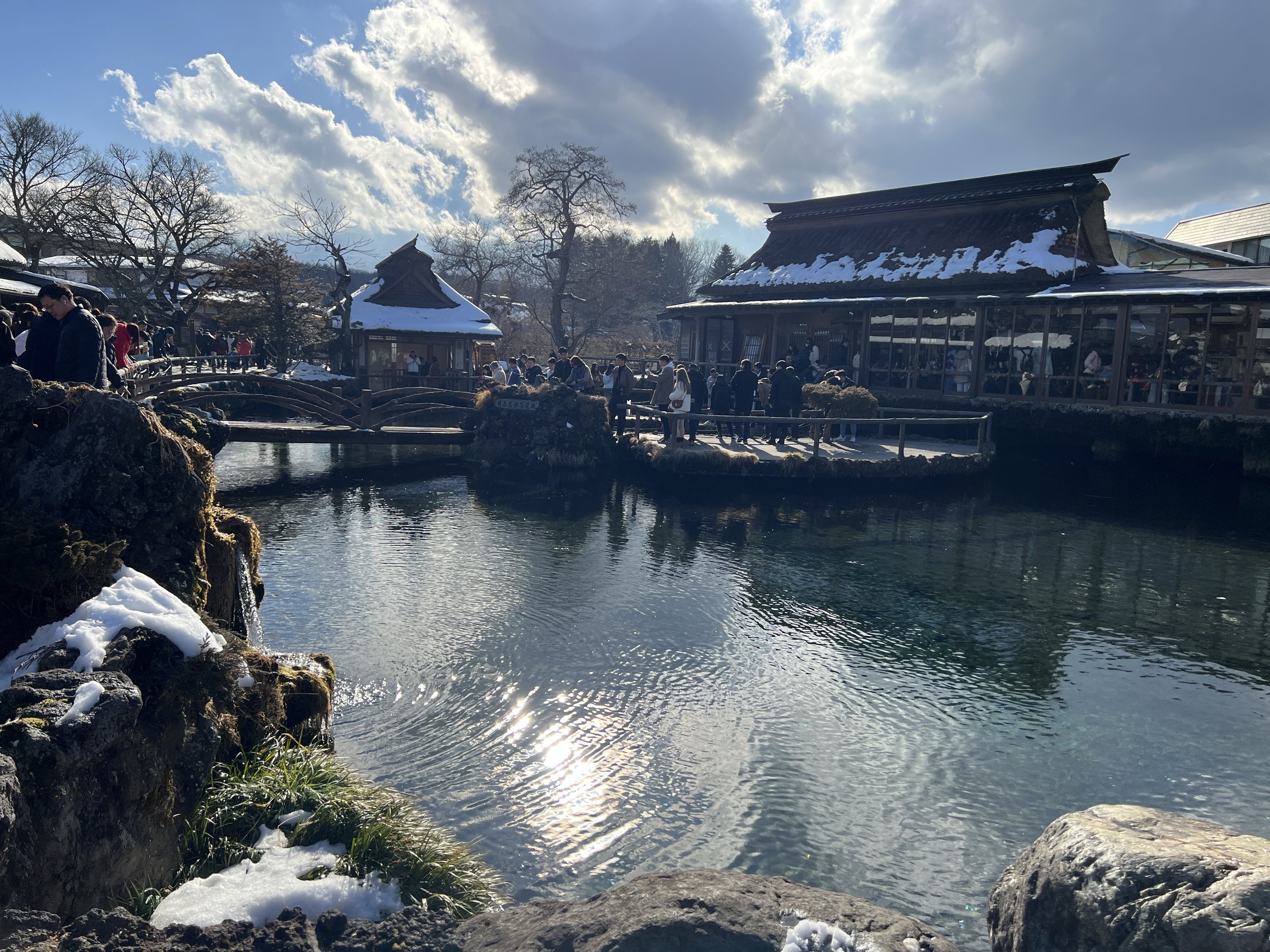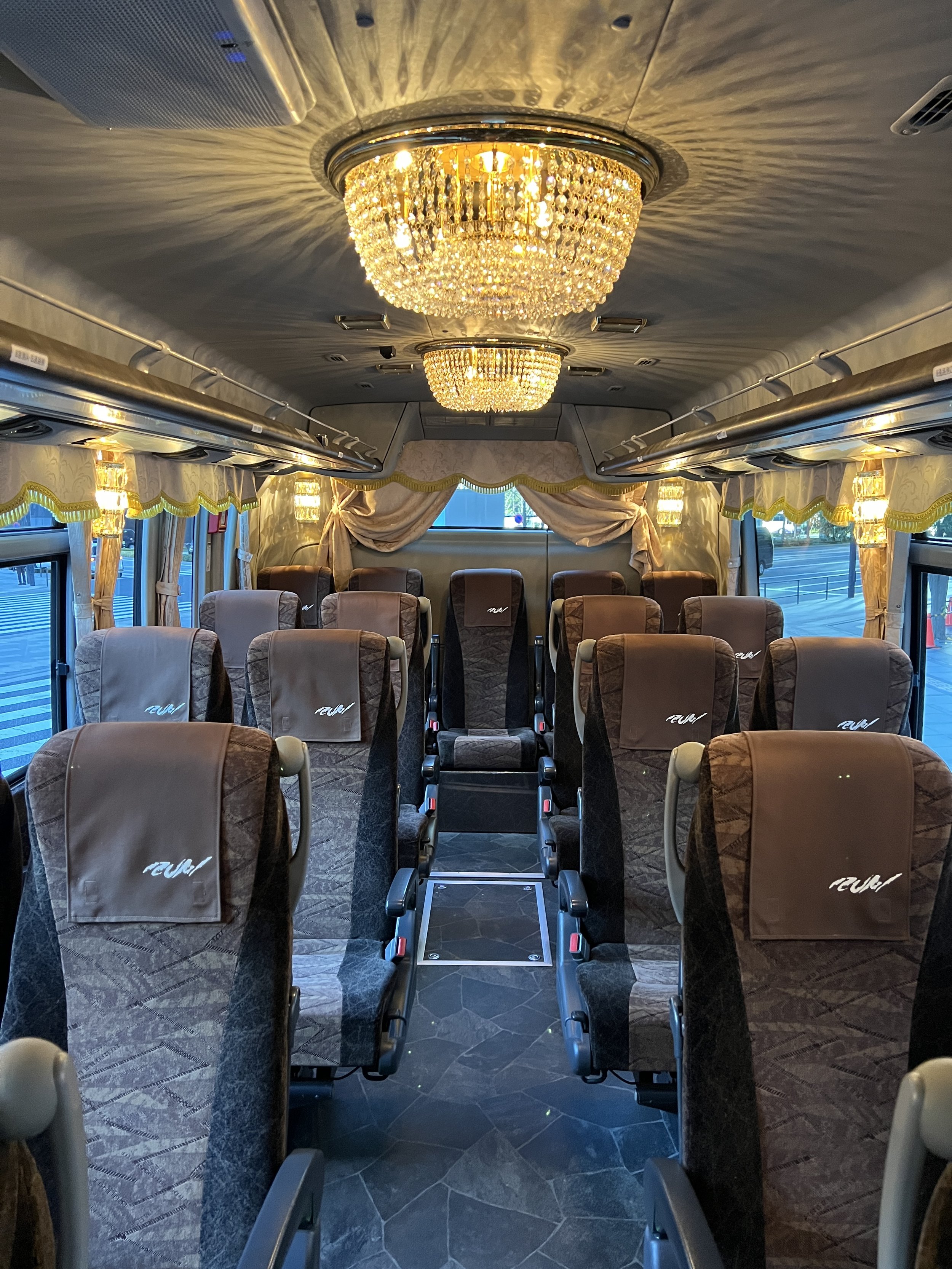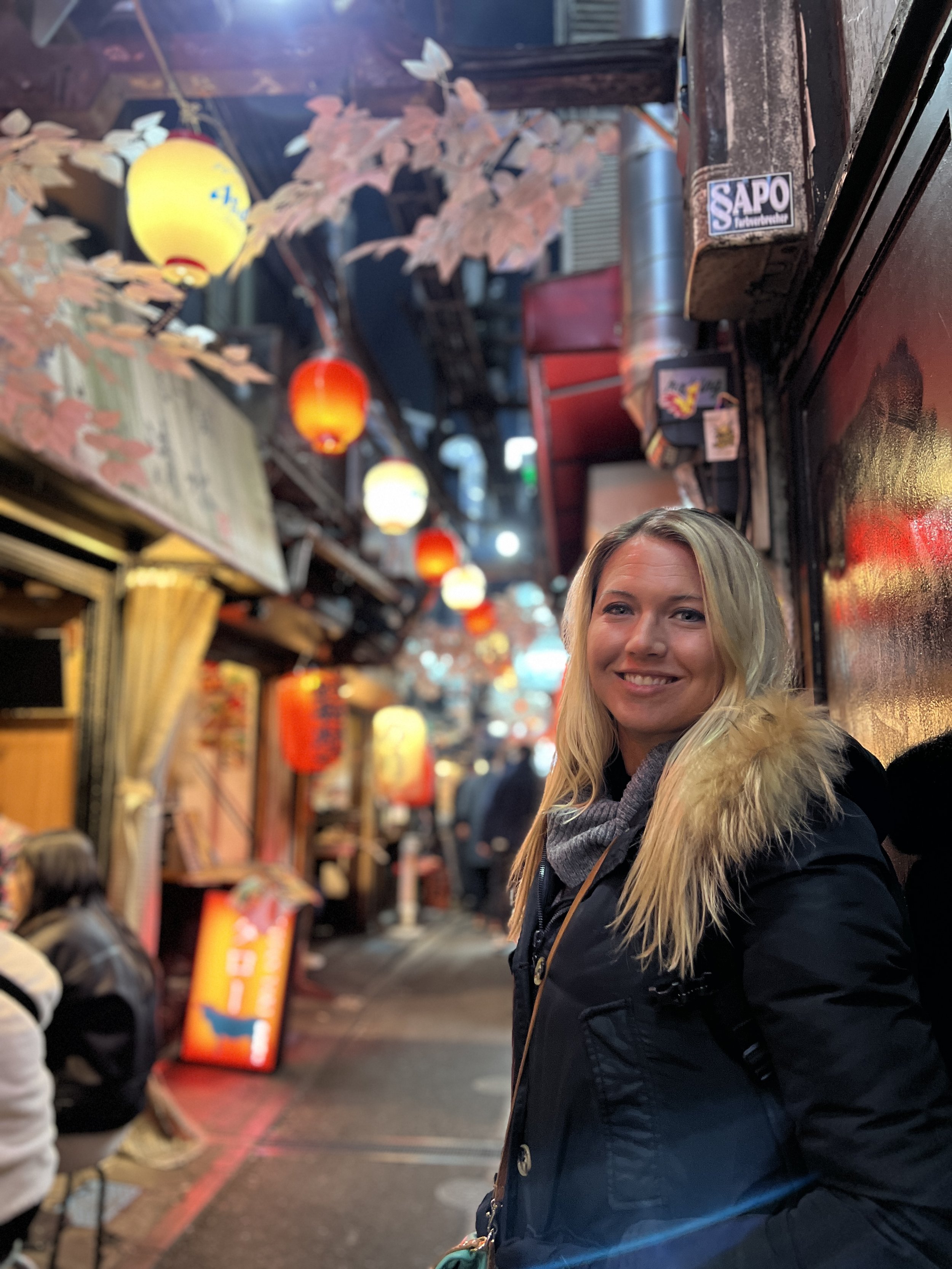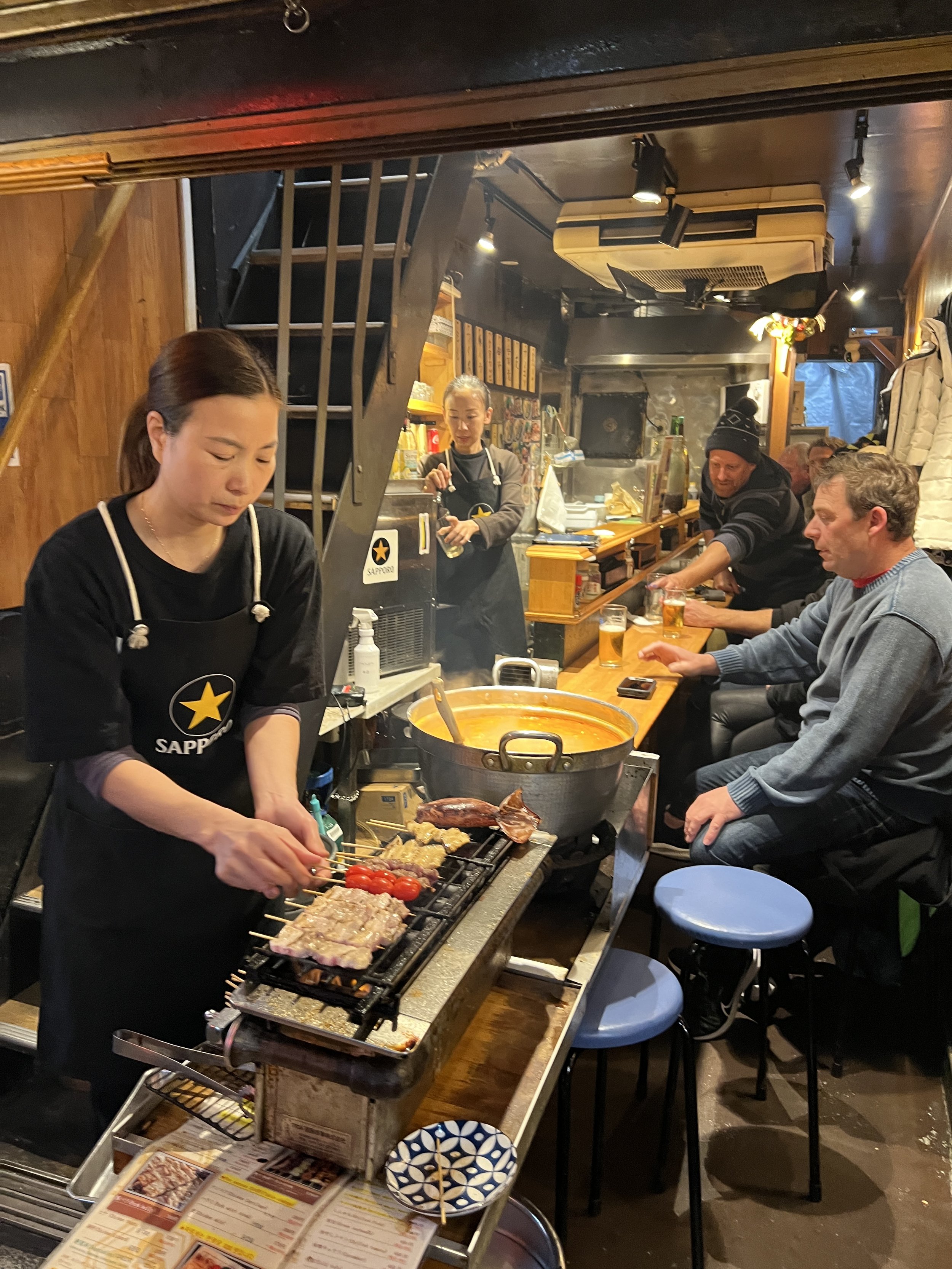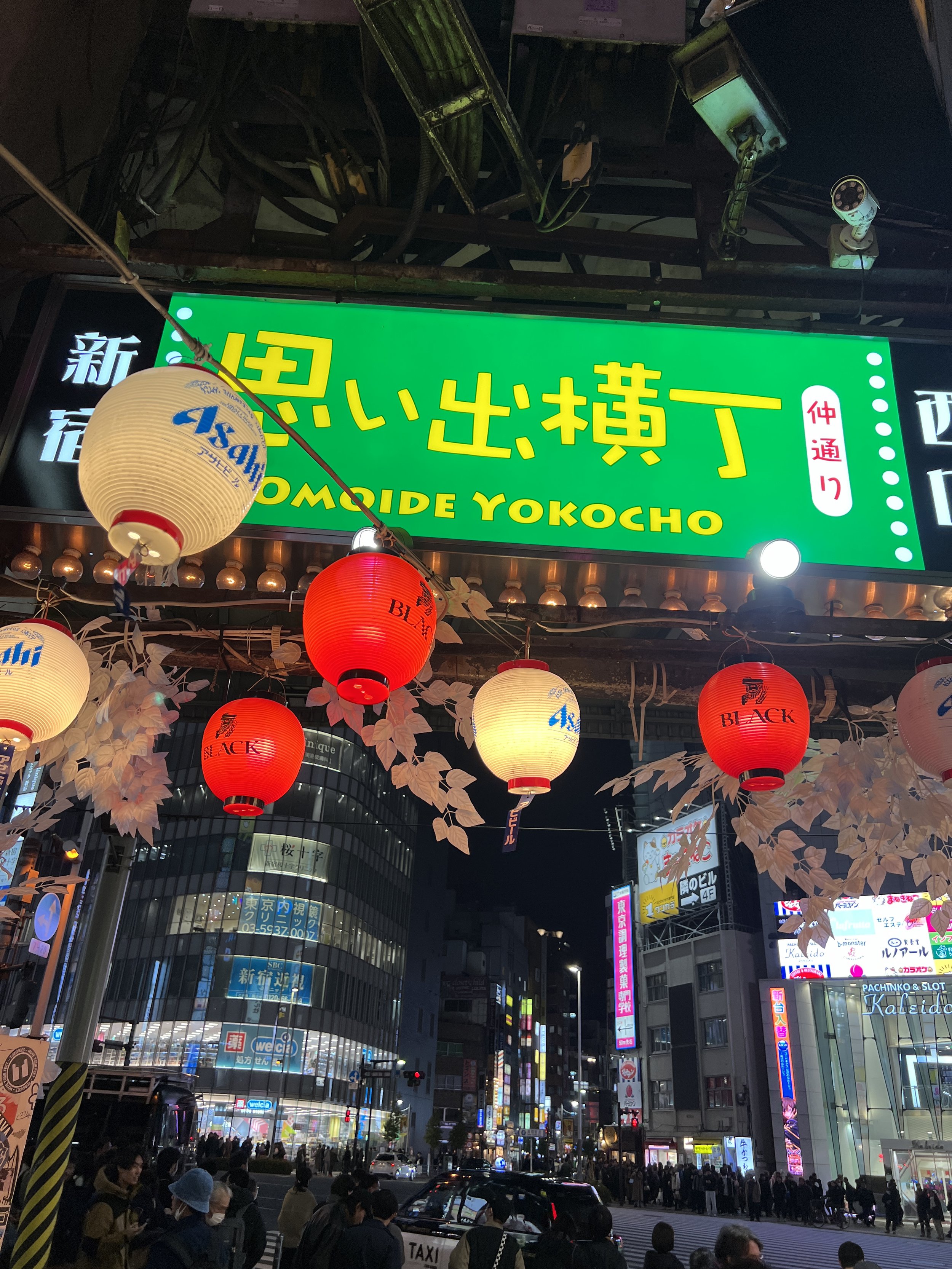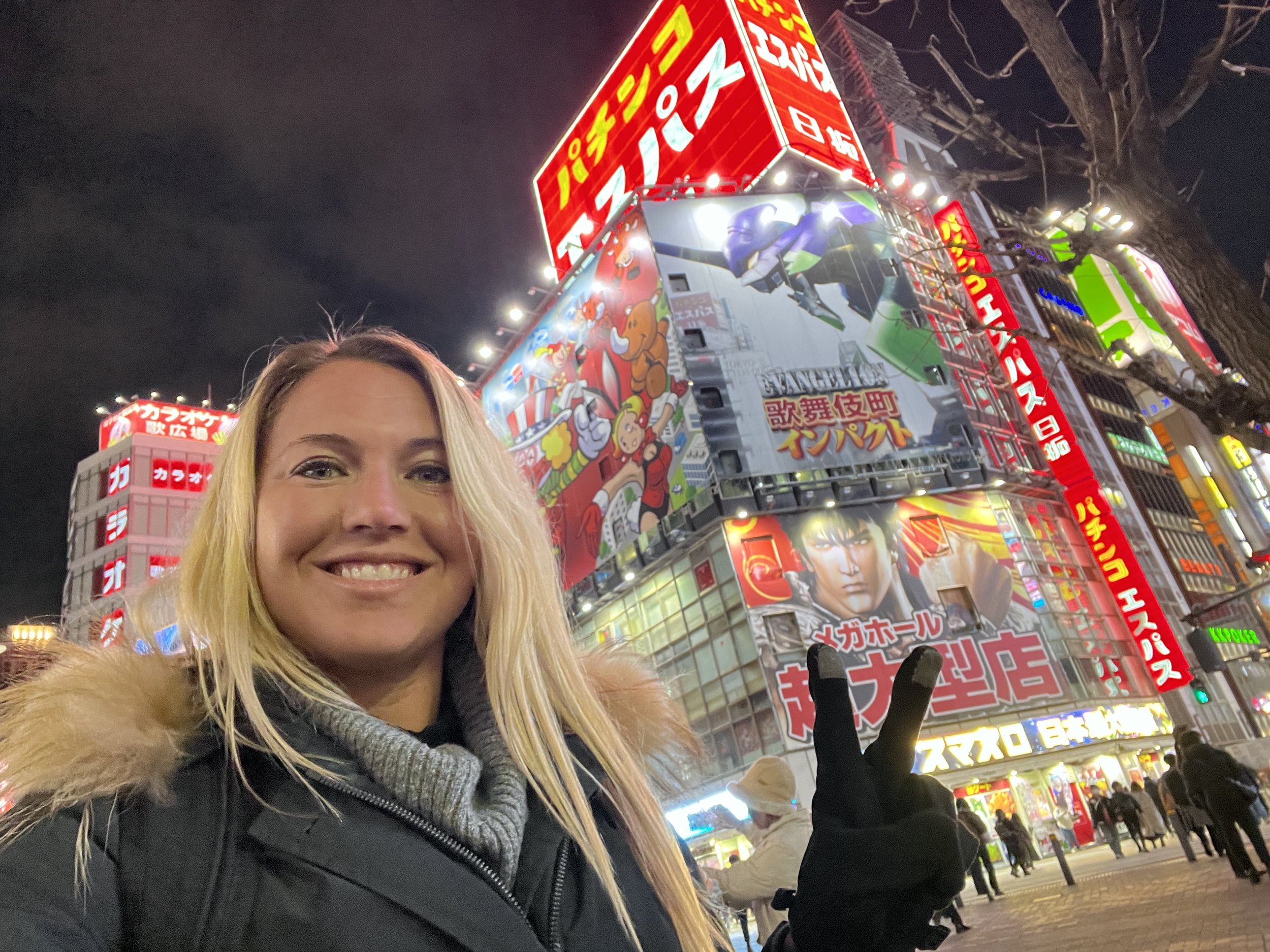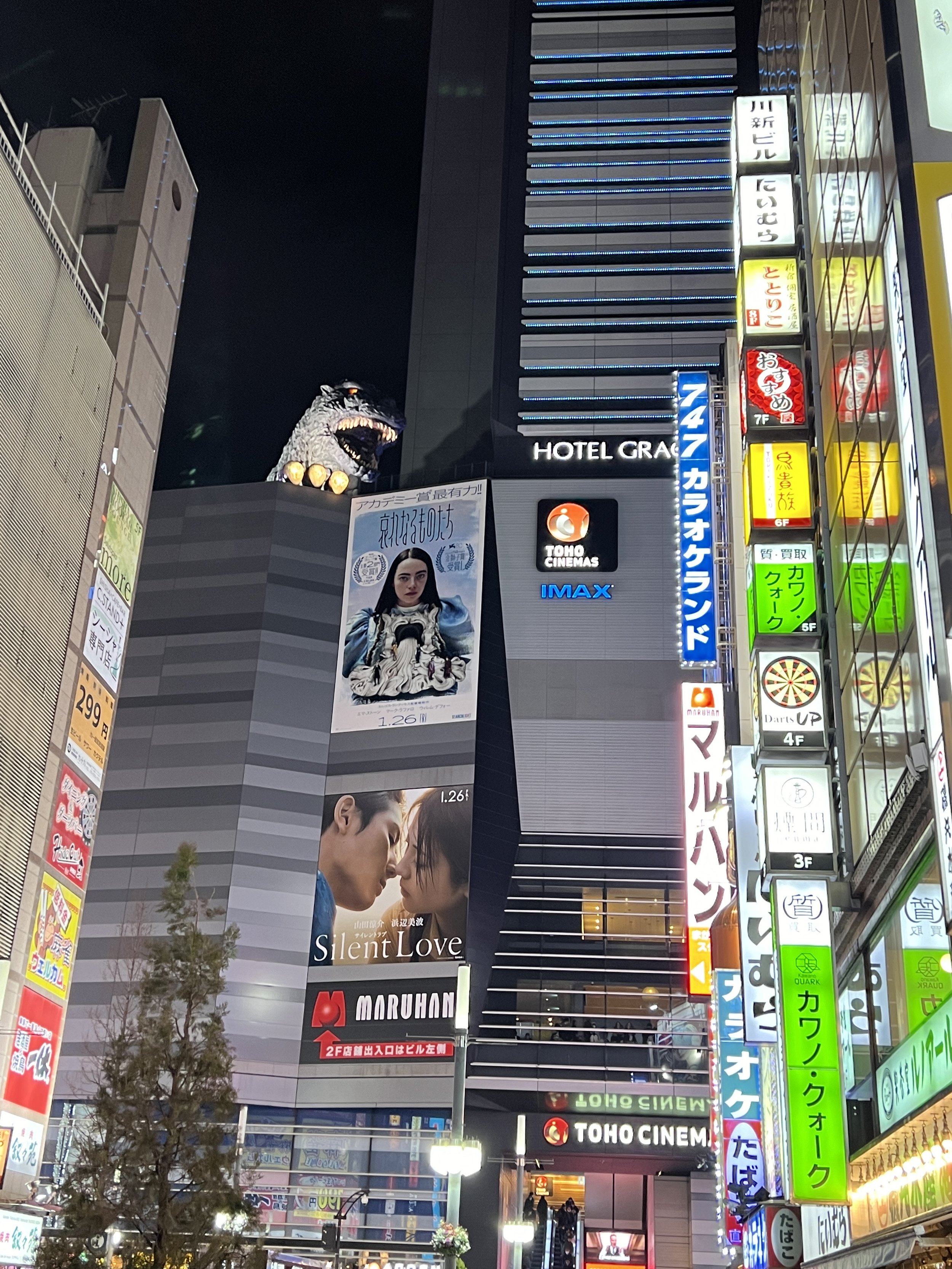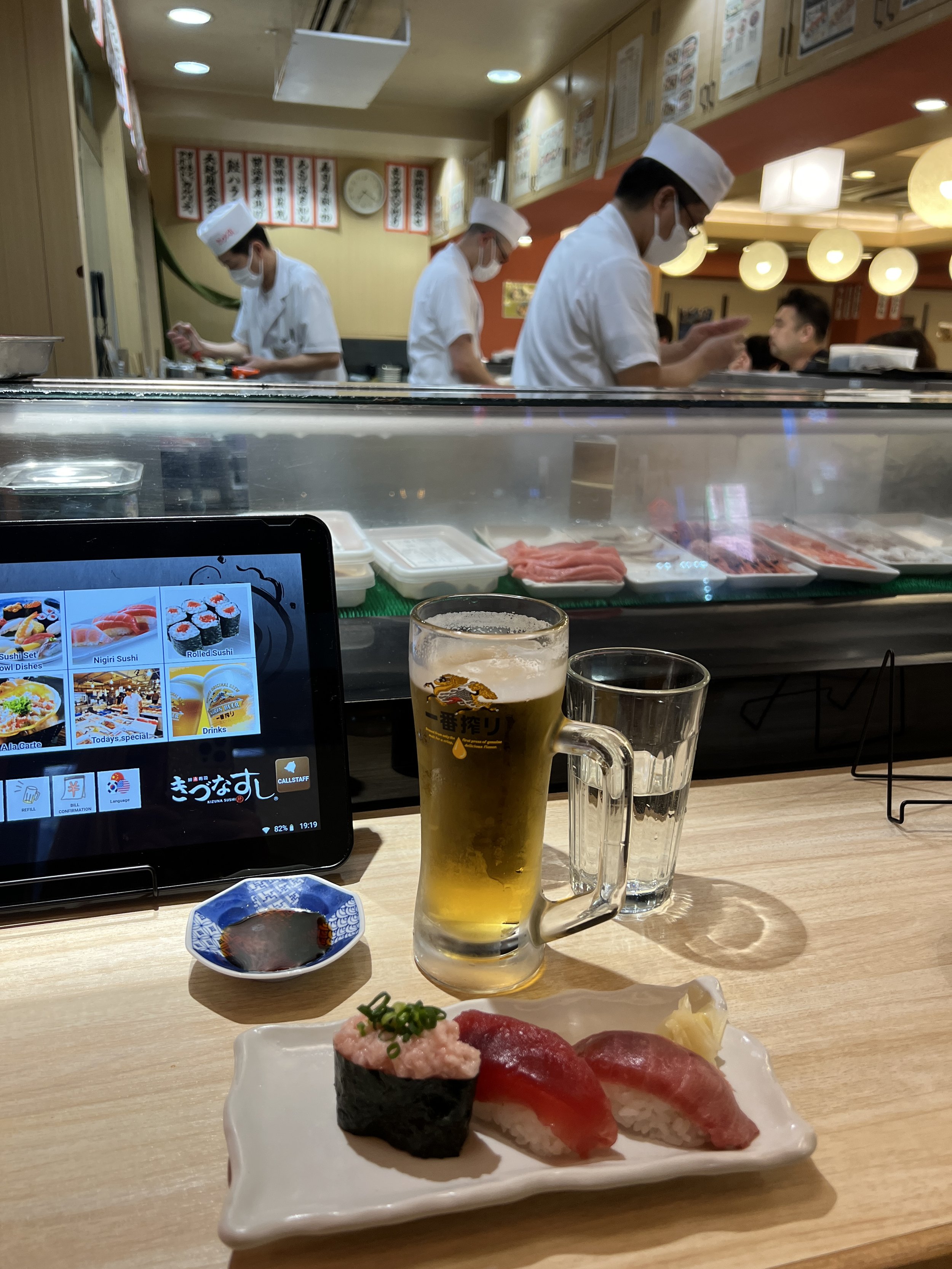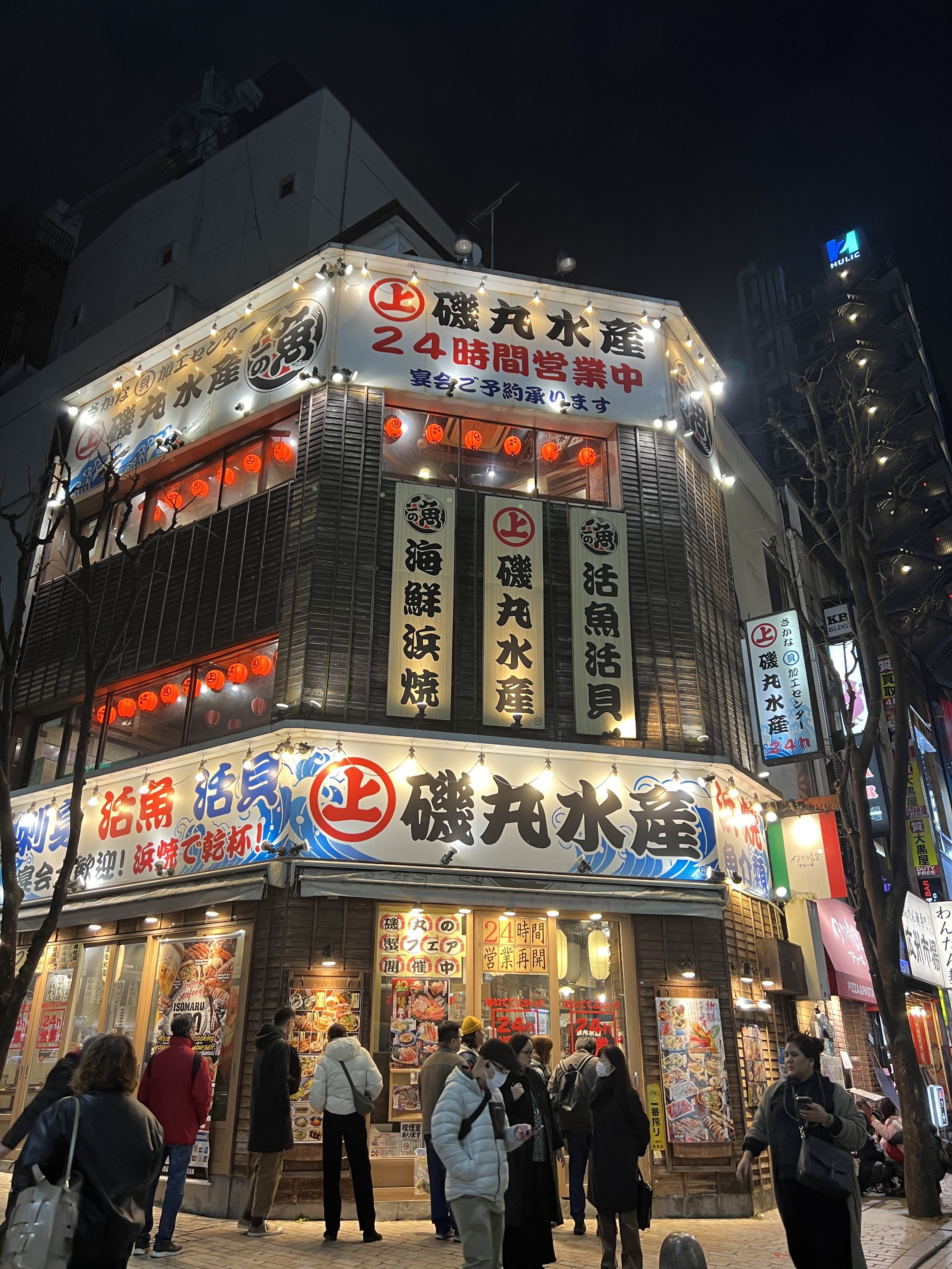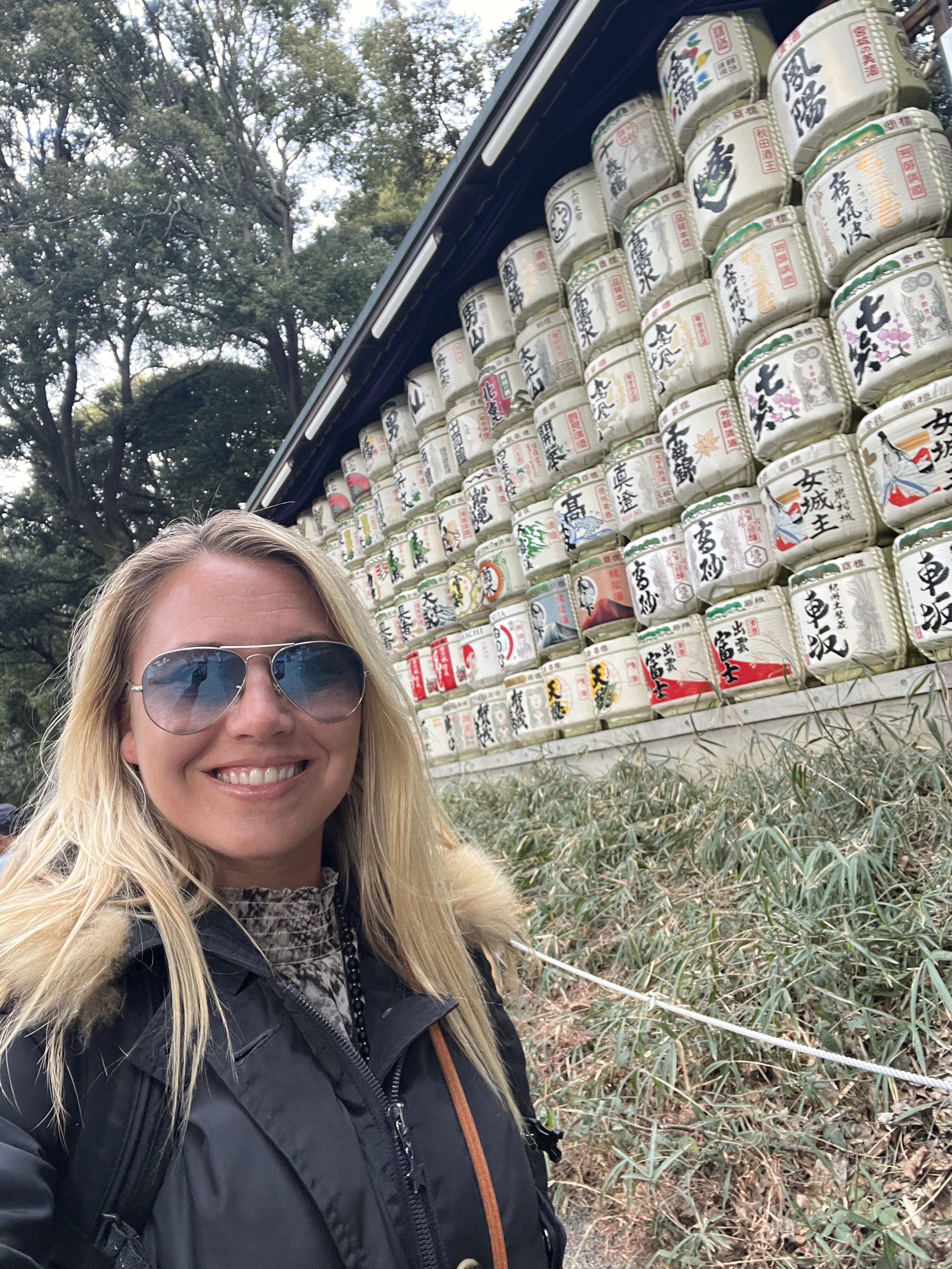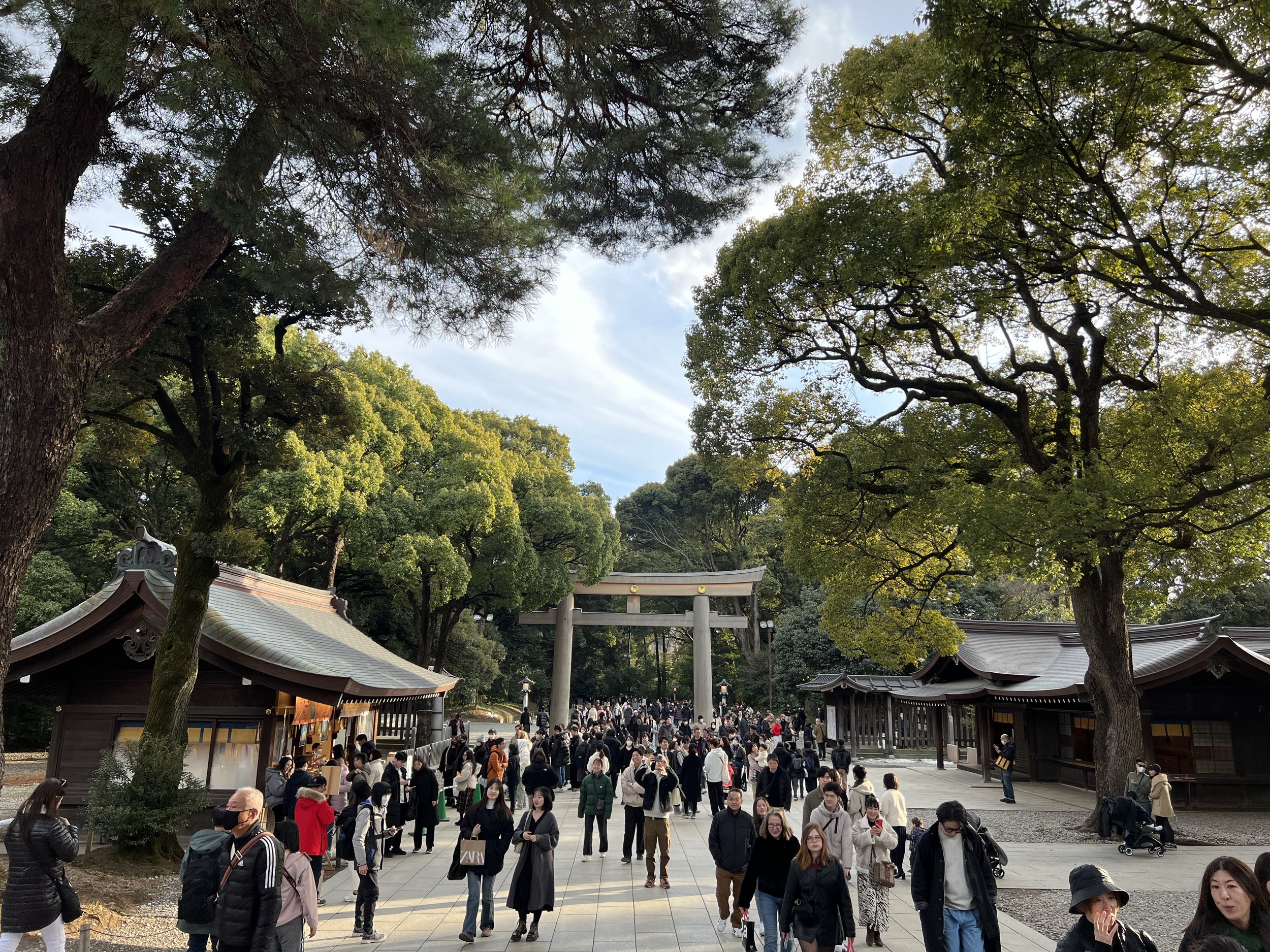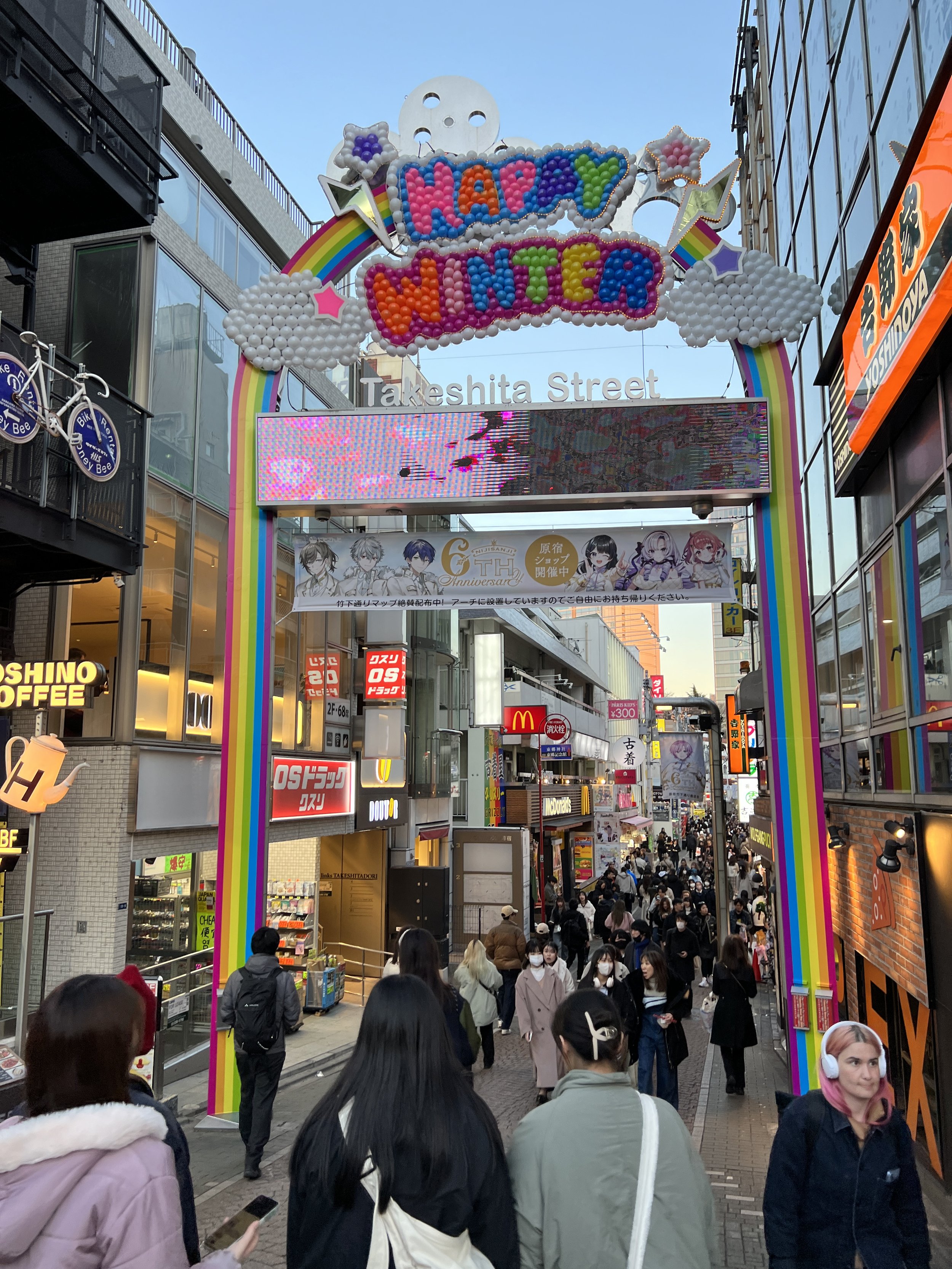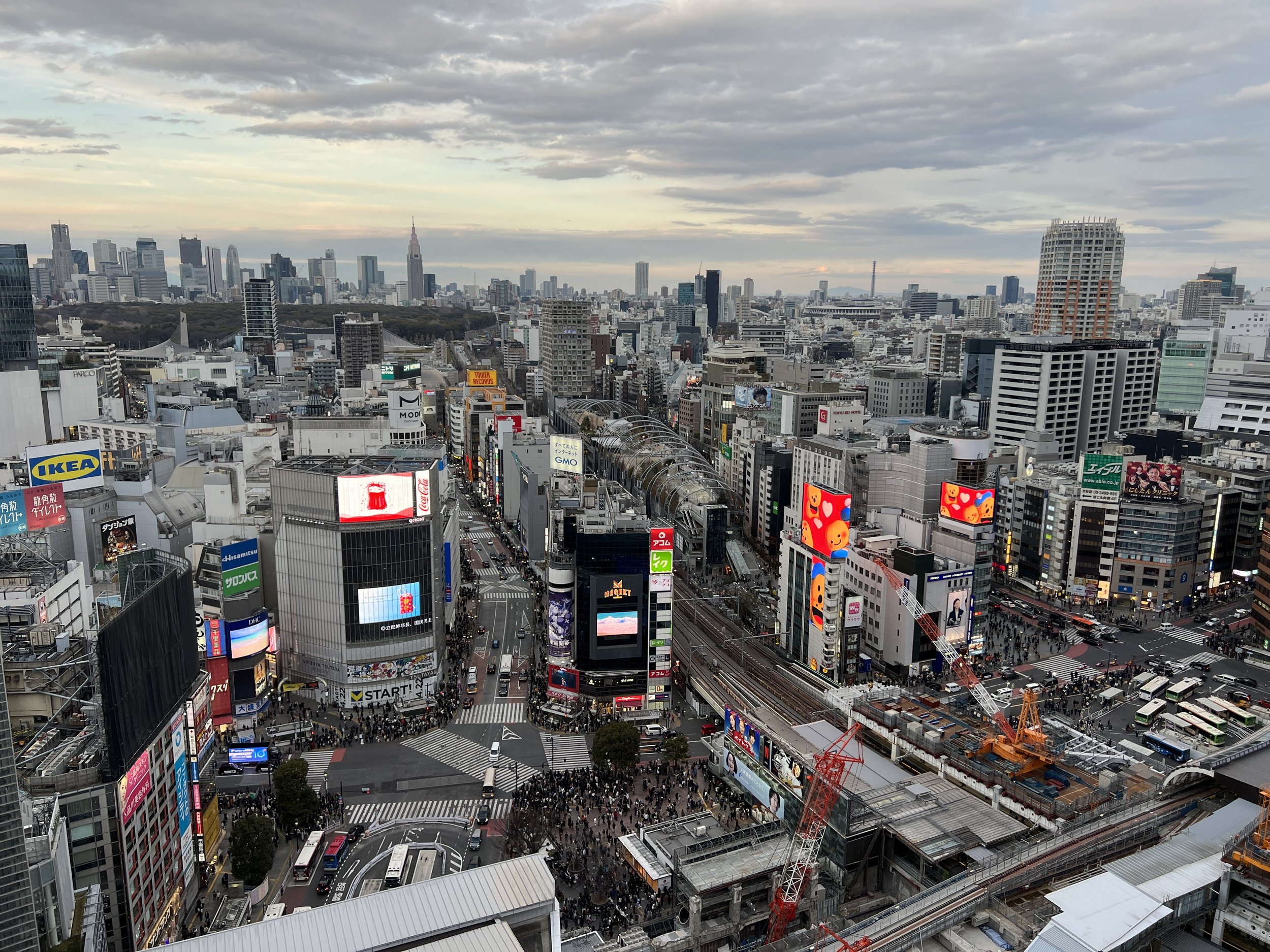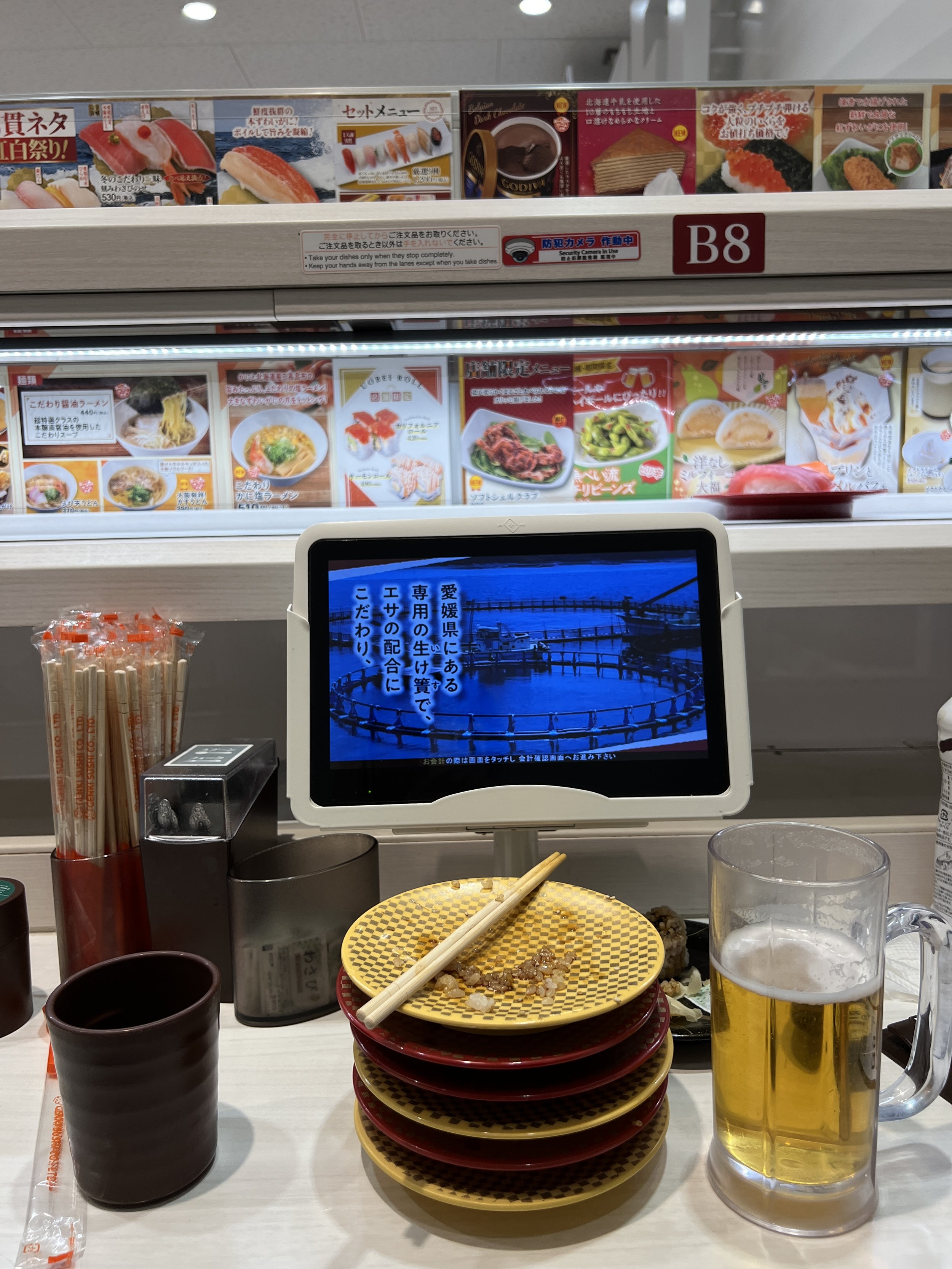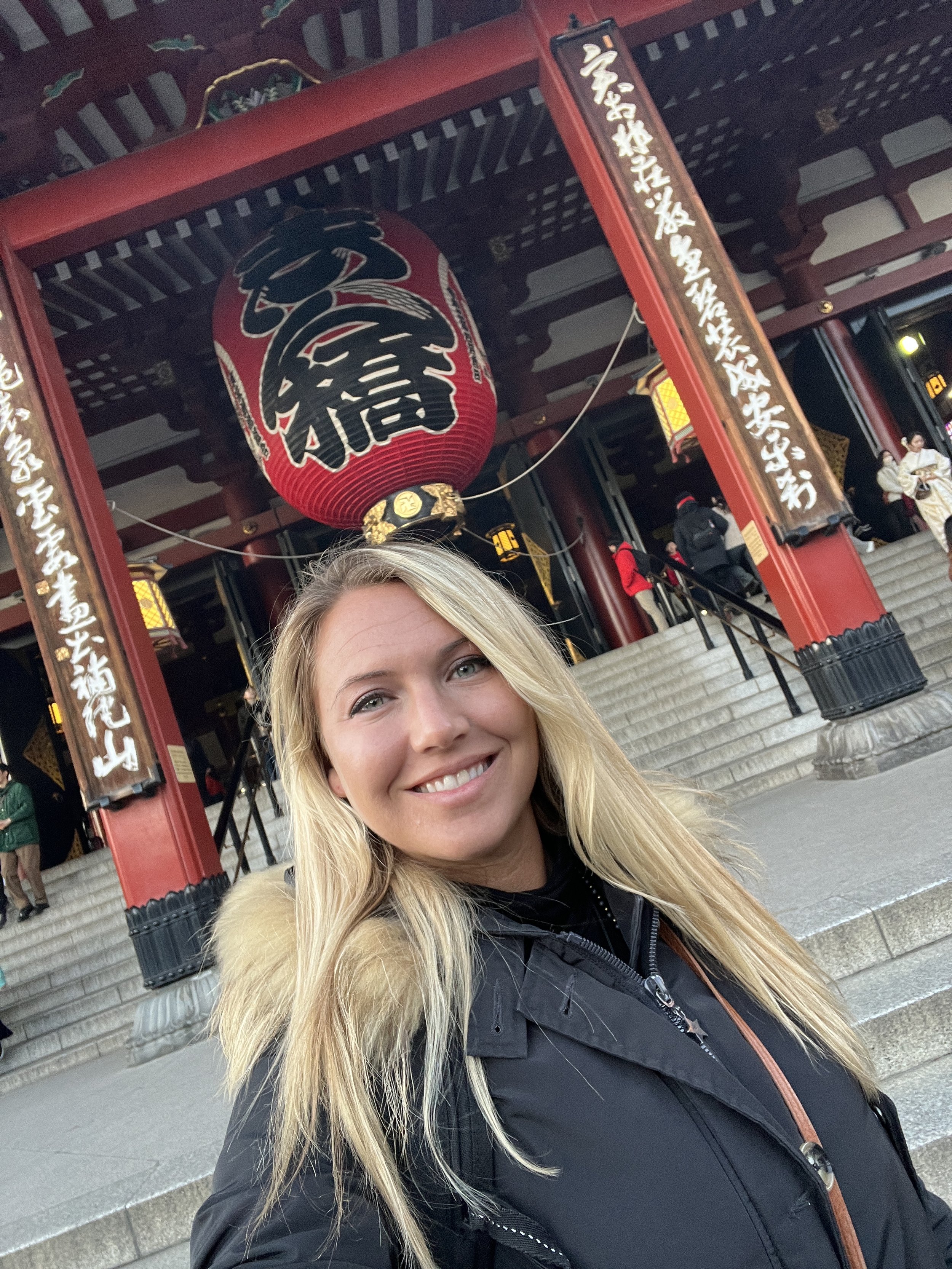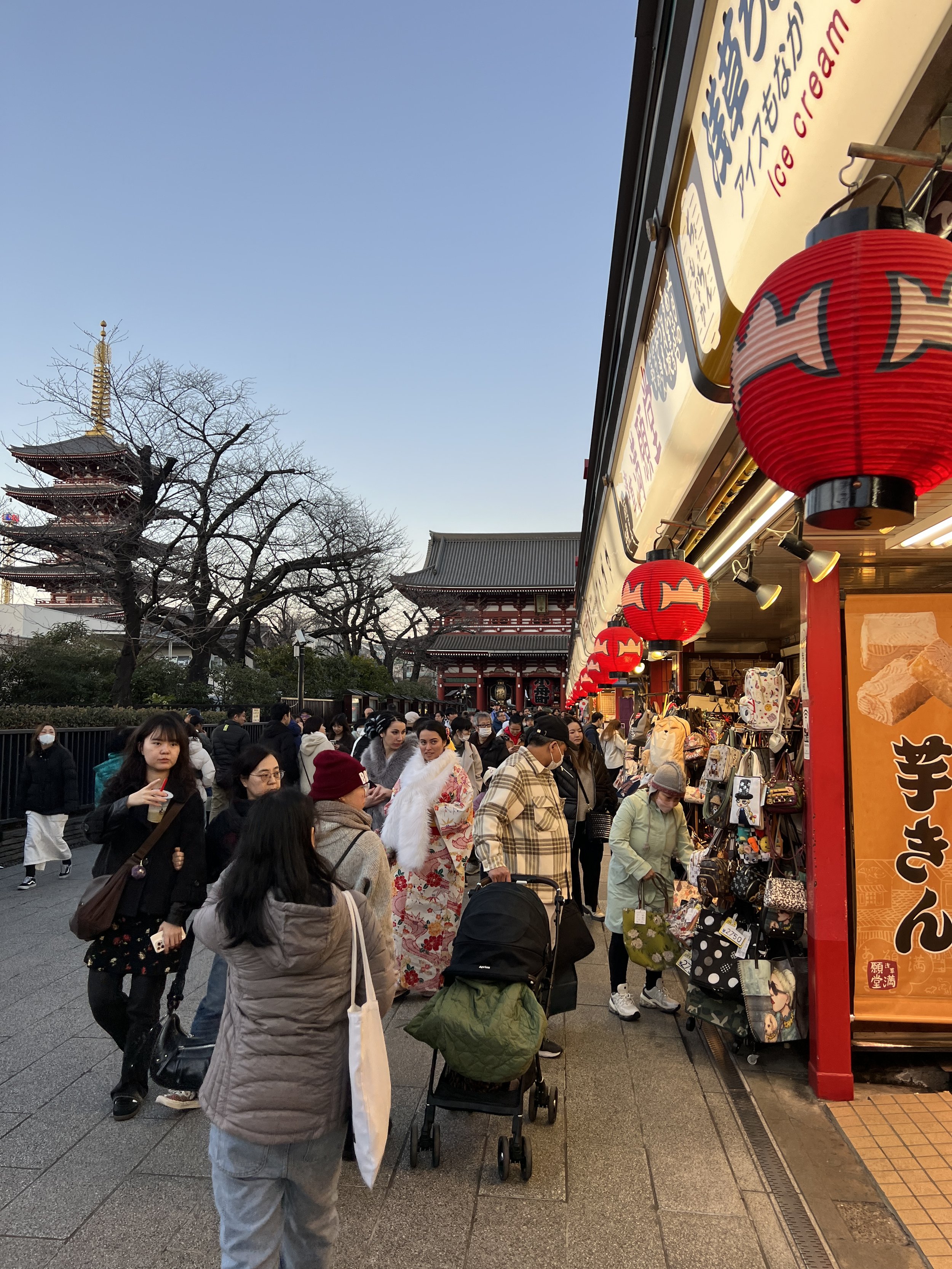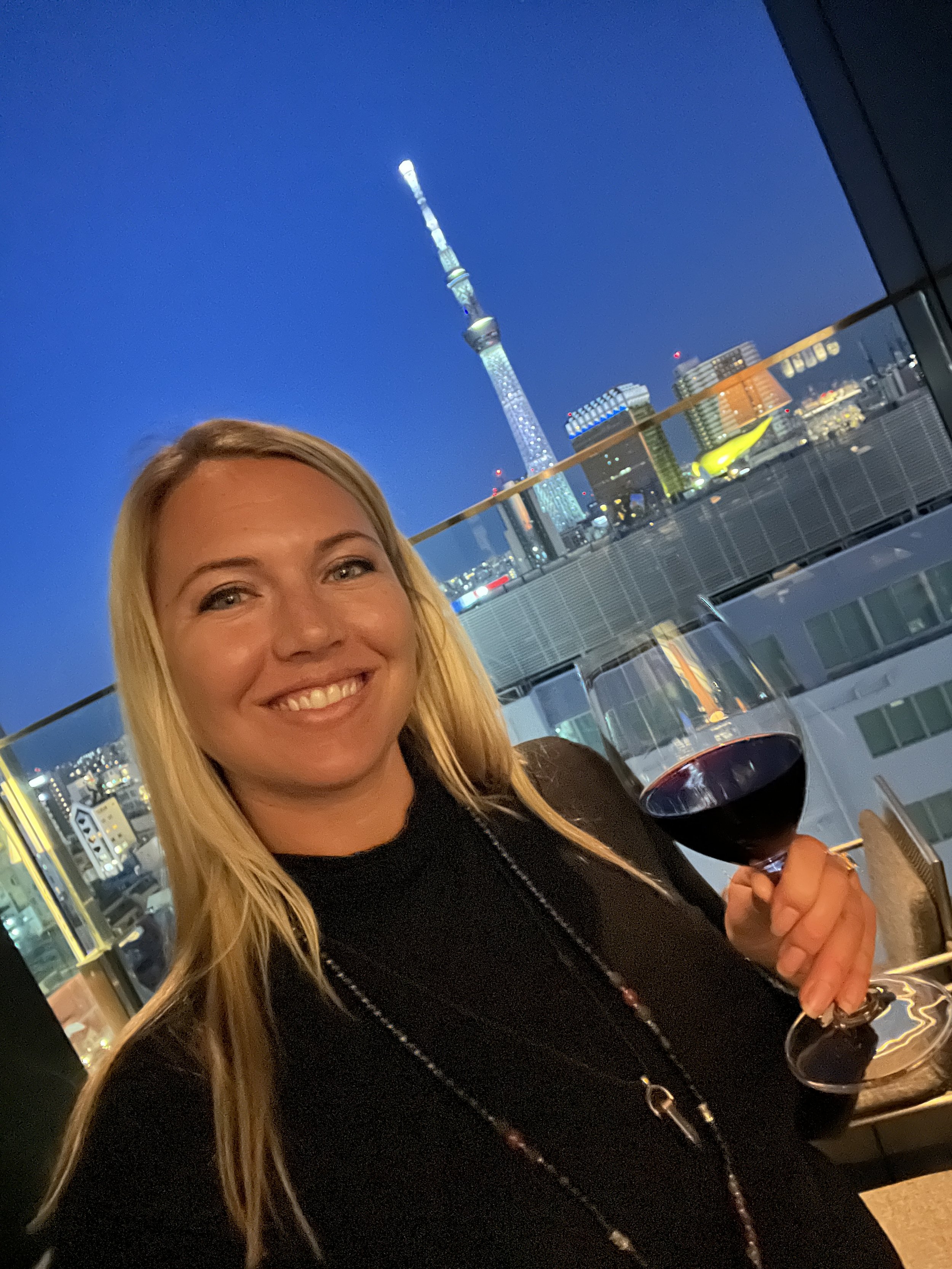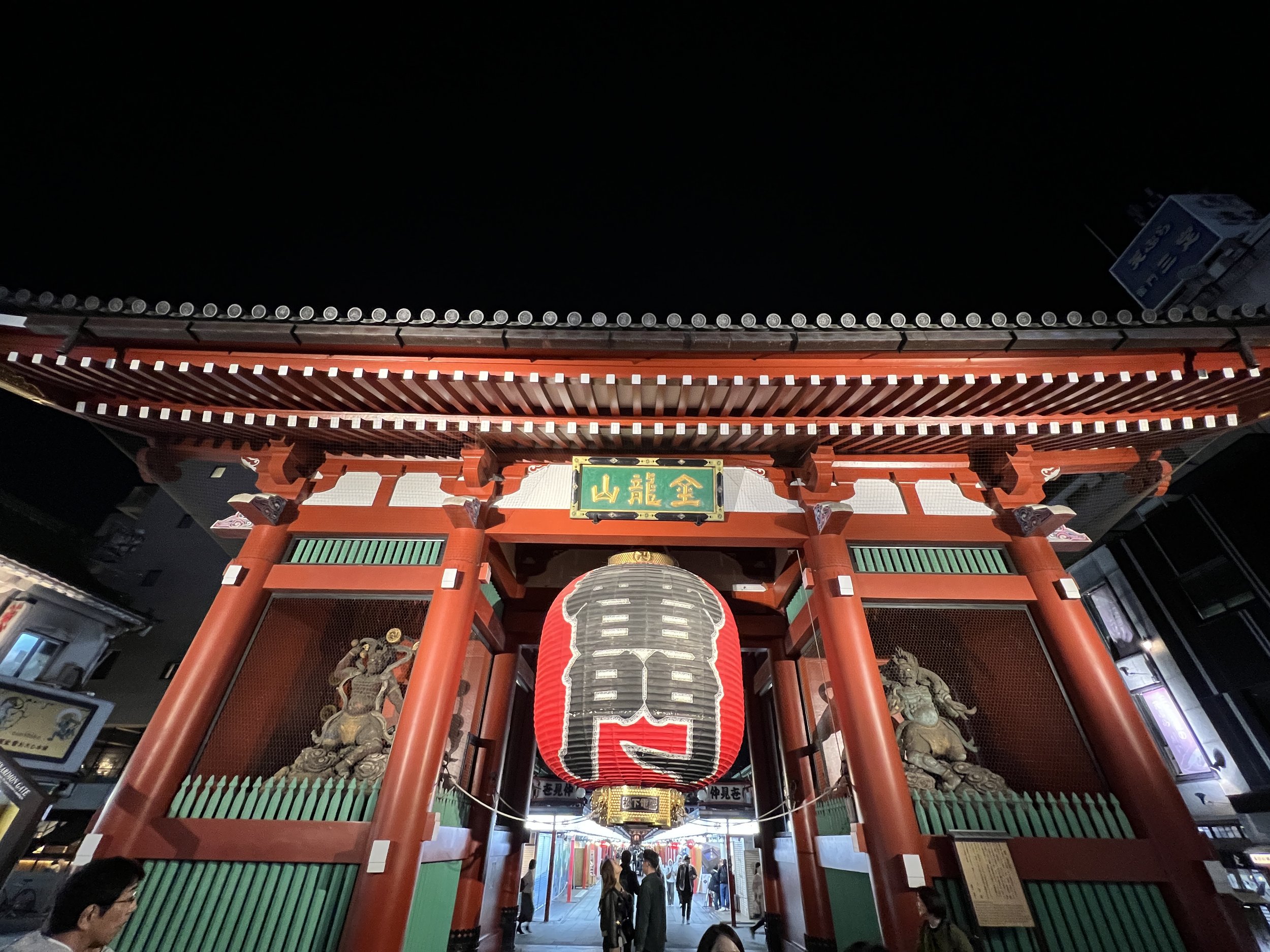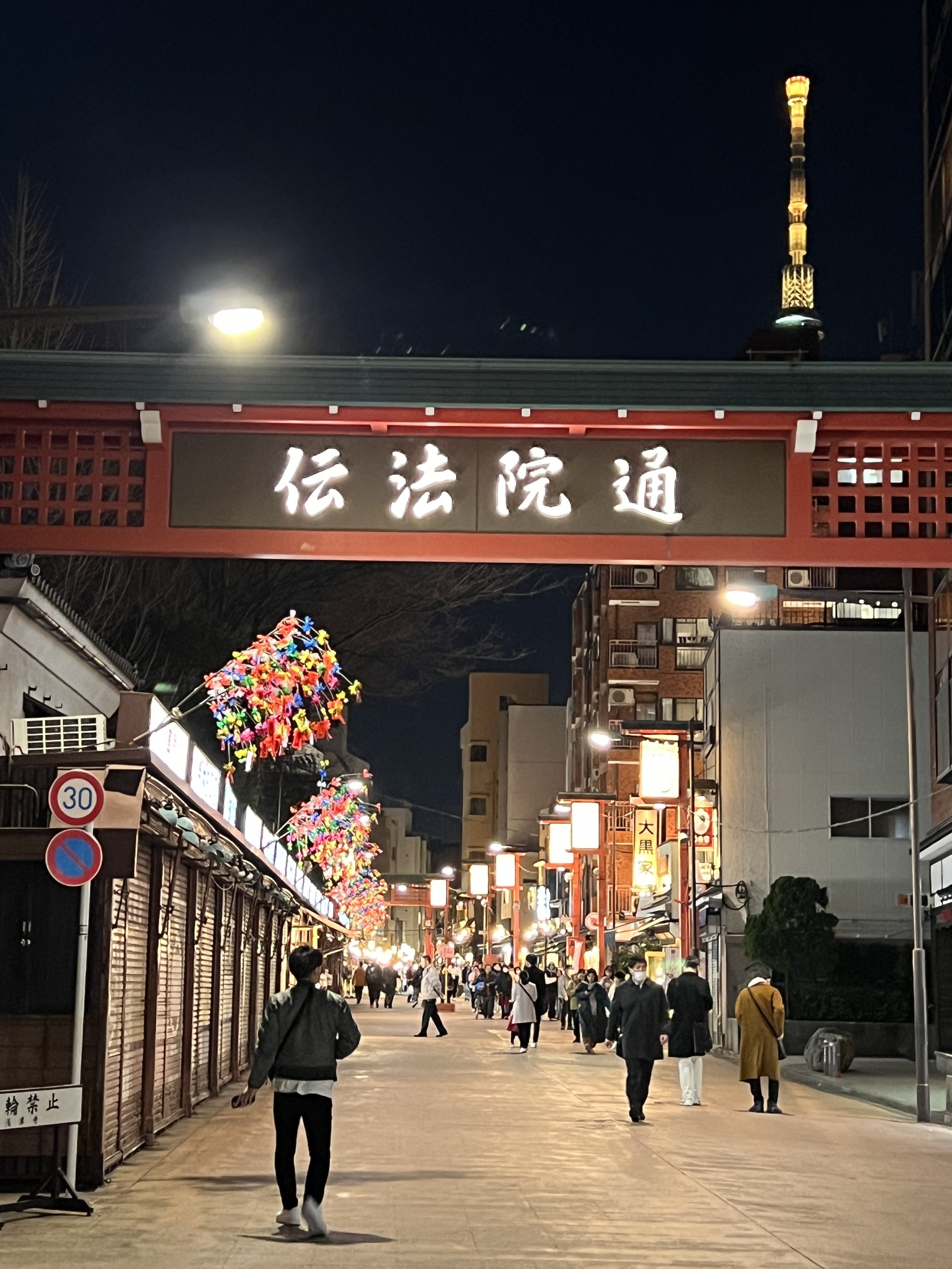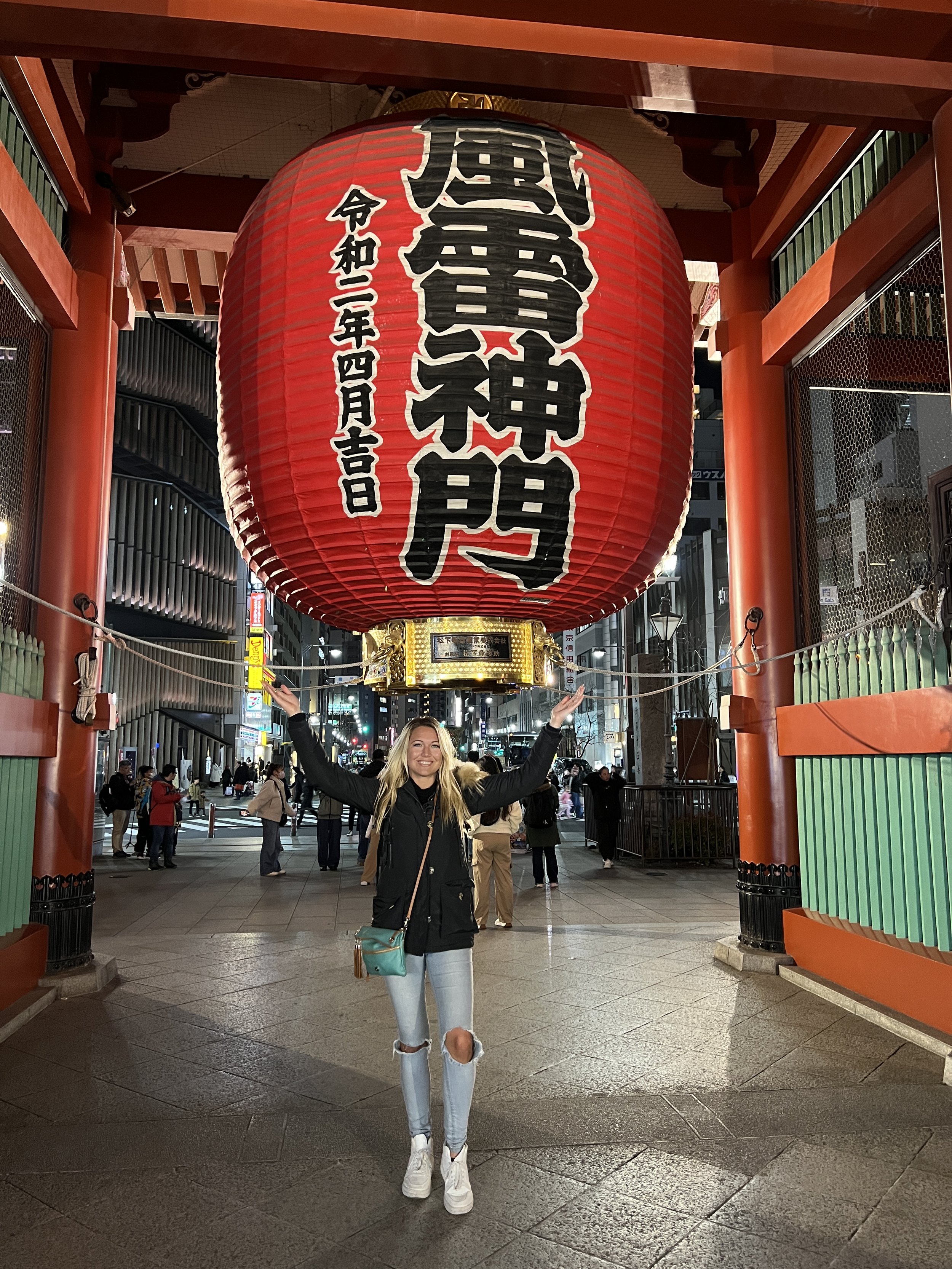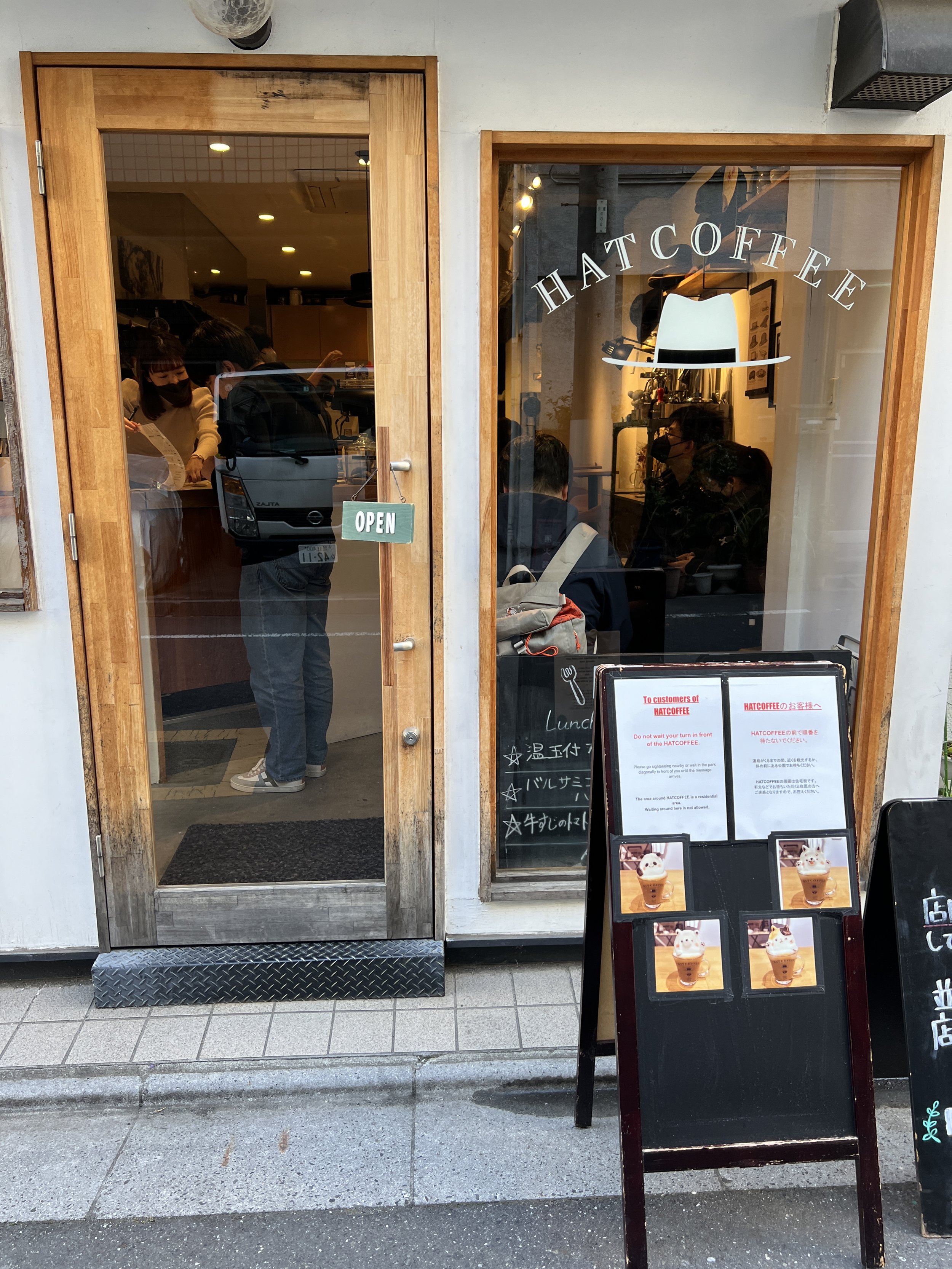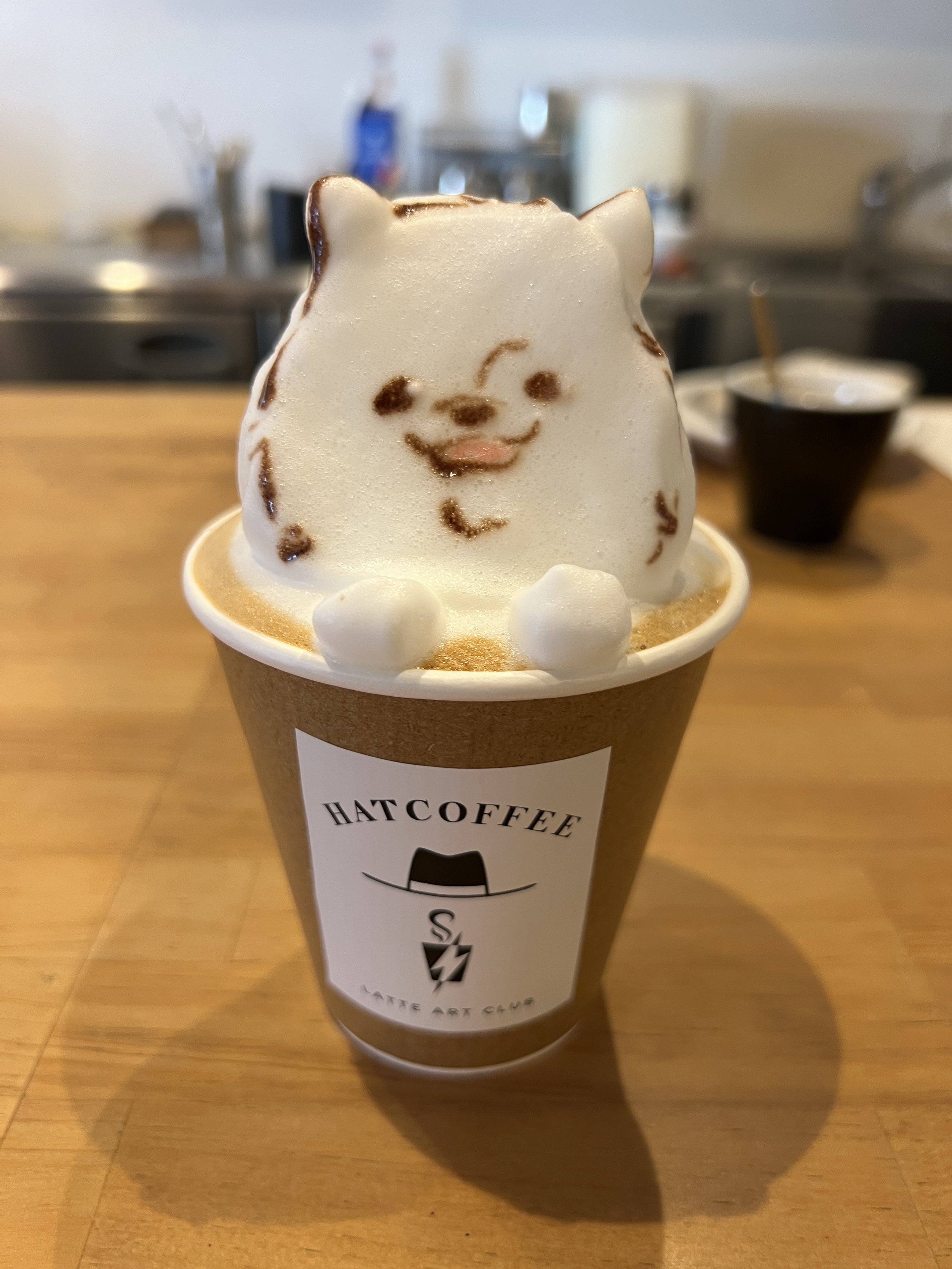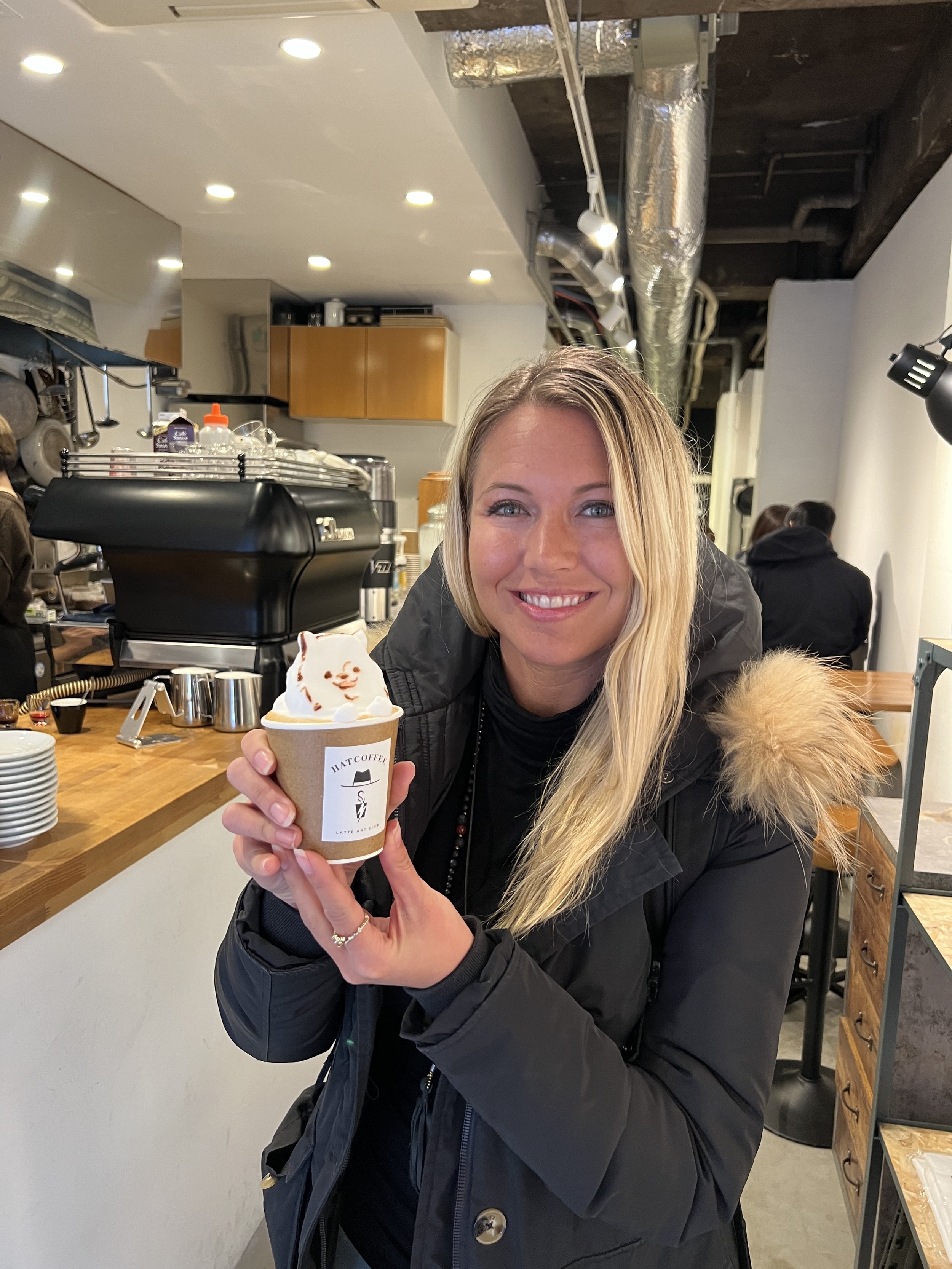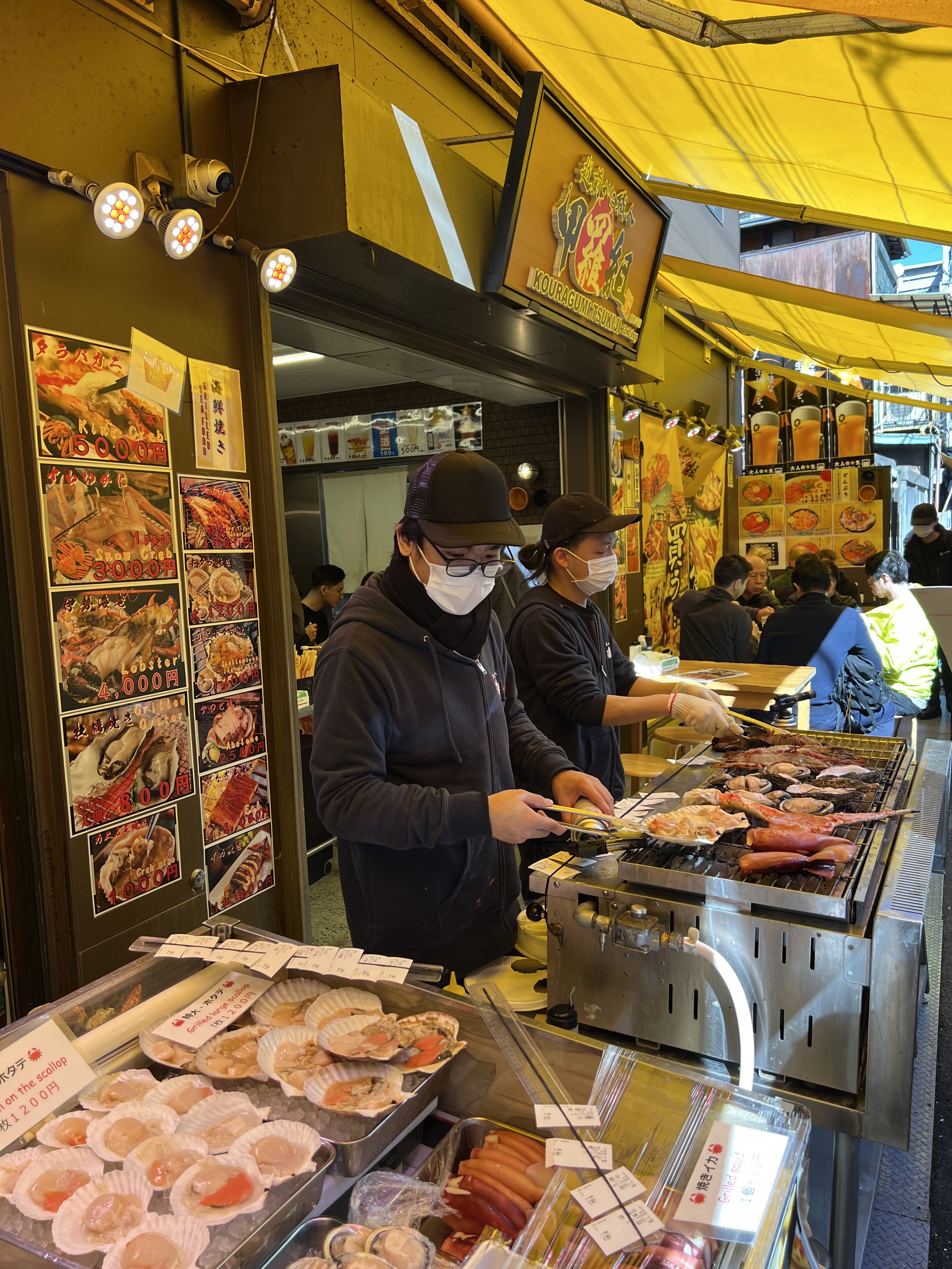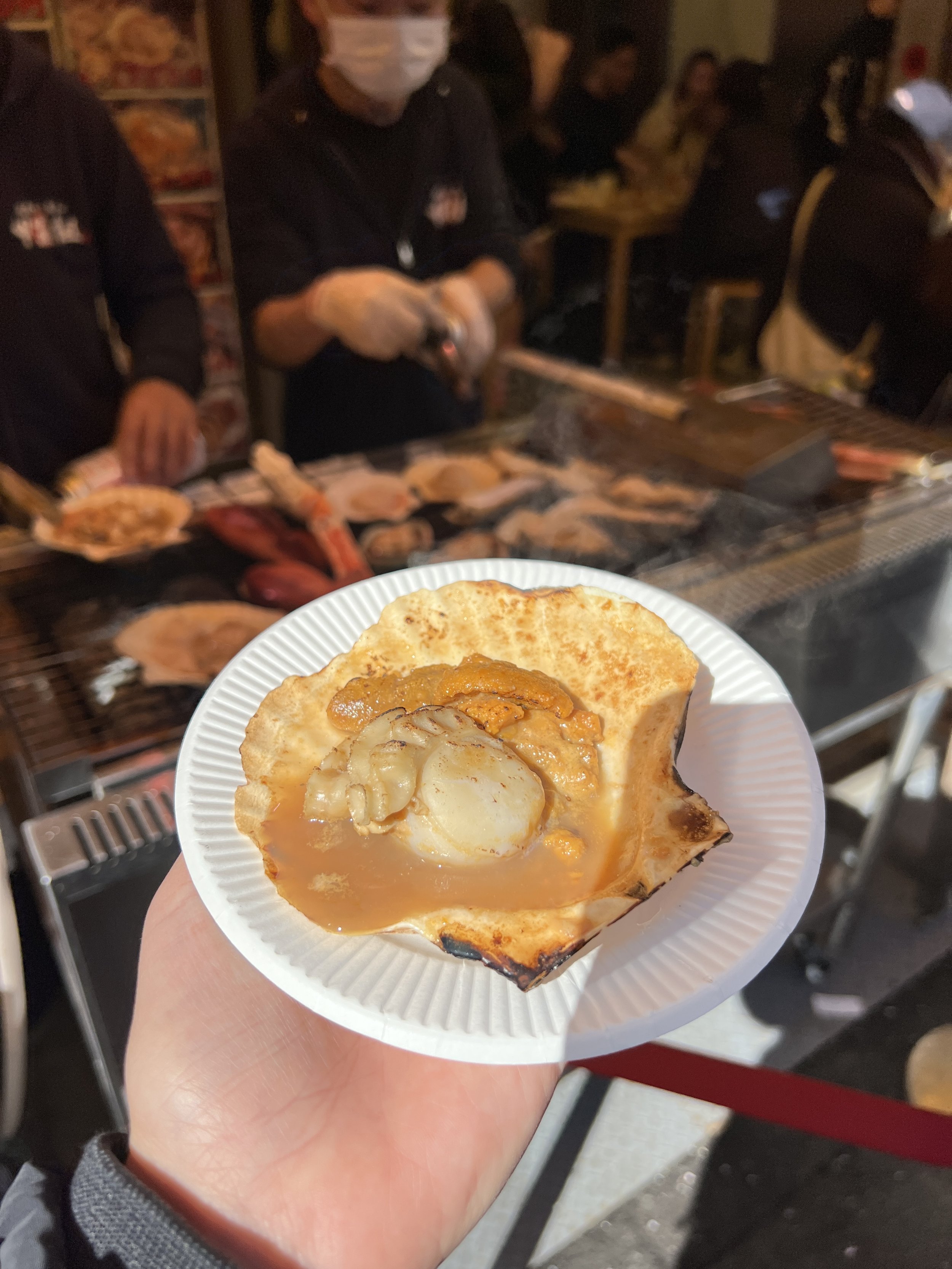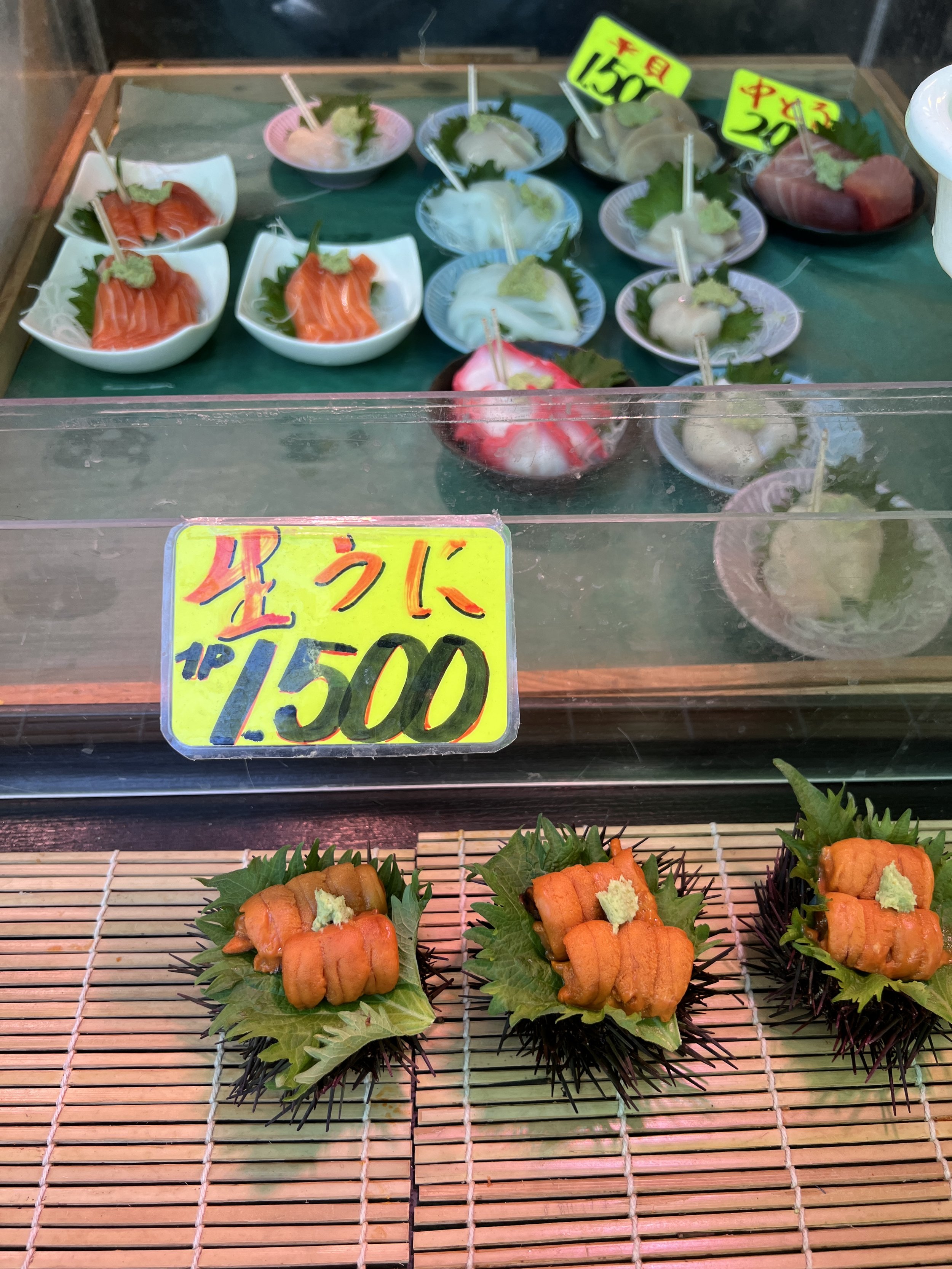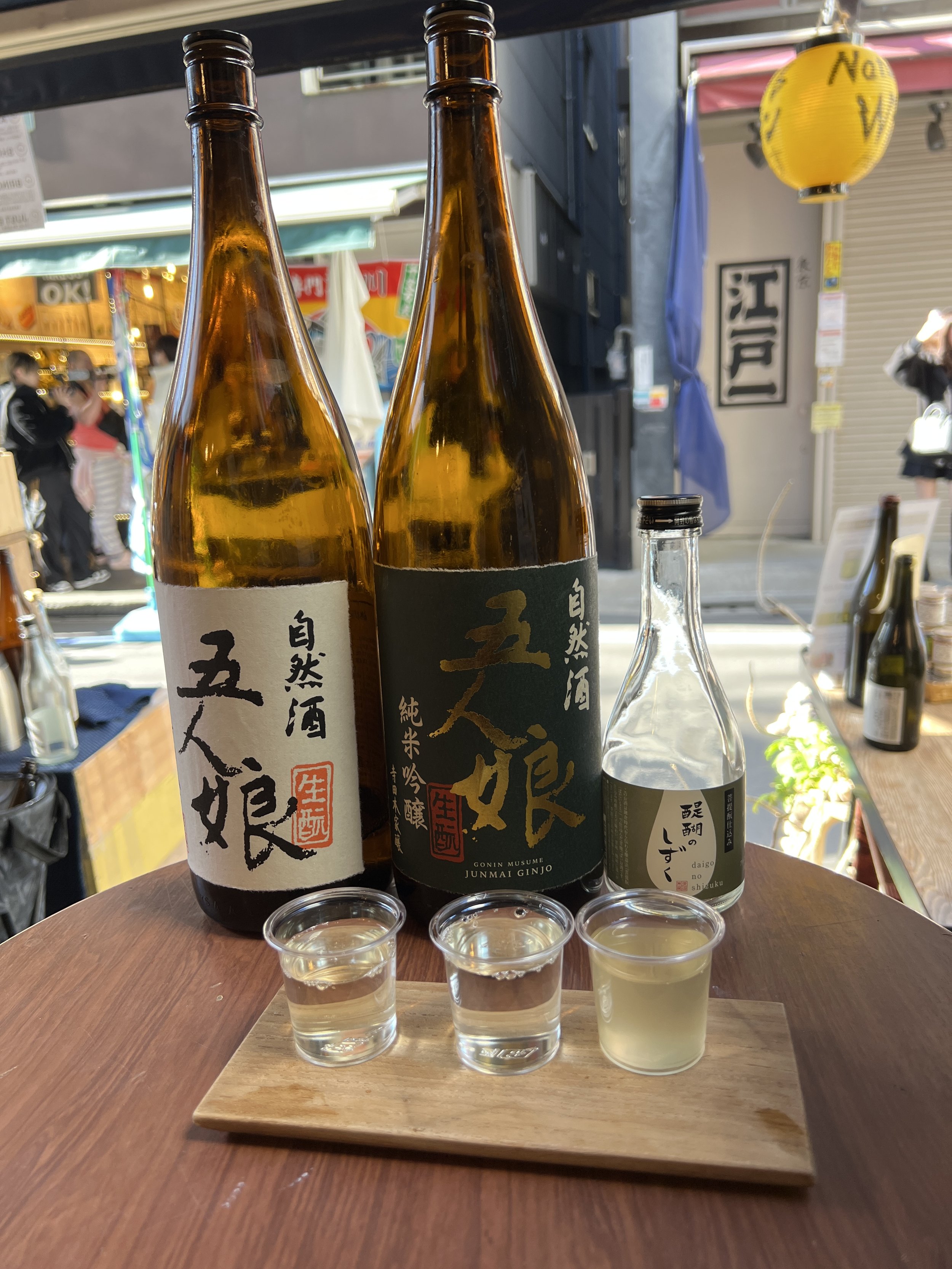Tokyo Travel Guide
The food, the culture, the sights, the energy… Oh, did I mention the food… A city that has been on my bucket list for quite some time and when I saw that the airline, Zipair was running a special during the month of February on flights from LA to Tokyo for $200 ($250 with a checked bag) I hopped right on booking one of those flights. I booked my flight through Expedia and was very impressed with the airline. It is definitely a no frills airline and didn’t serve a meal but it did have free wifi throughout the whole flight, you can order snacks and beverages for a very reasonable price (unlike the crazy markups on other flights), seats were comfy, and they had inflight entertainment. I arrived to Tokyo Narita Airport a mere 12 hours later, grabbed my bags, and followed the signs (in English) to the metro station that’s below the airport.
Transportation:
Google Maps will definitely be your friend in this city. If you search transportation options from your departure to arrival points it is very much on top of step-by-step instructions and every possible method of transportation available. This comes in extremely helpful when you ride the metro as it will even direct you to which train car to get on and what gate to exit out of, which comes in extremely helpful when in large metro stations like Shinjuku. My advice is to always take a screenshot as you never know when you may not have access to the internet. The only time I found an error with this was when I was at the airport trying to figure out what train to take and it kept directing me to take a bus back to the airport (just ignore this) and go directly to the underground station.
If you opt for taking the train from the Narita airport, there are two options: the local lines that make multiple stops and take ~1.5 hours to get to the city (costs ~$6) or the Narita Express which is nonstop but almost double the price. I opted for the local line because I’m all about saving every penny when possible on long trips like this in an attempt to stay within budget (which we all know, goes out the window when we start traveling…) There are also trains that go to and from Haneda airport. When I departed Tokyo, I flew out of the Haneda airport and took a train directly from the Asakusa area to the airport.
Some tips when arriving at the airport:
Draw cash out of the ATM. Charles Schwab is my go to checking account for international travel. With no foreign transaction fees, ATM fee reimbursement, no account fees, or minimum balance, it’s the most convenient and cheapest way to get cash in foreign countries and avoids the expensive currency conversion fees. Japan is a primarily cash based society so it is important to have cash on hand especially before going to the train or bus station.
Purchase an IC card: prepaid cards for the metro around Tokyo/Japan. Train tickets can only be purchased from the ticket machines with cash or an IC card, or you can go to the help desk and purchase with a credit card. This is also where they sell the IC cards. These cards can be used all around Japan just like cash but you have to preload money onto them and then get reimbursed at the end of your trip for any money still remaining. This seemed like too much of a hassle and knowing myself I would just forget or not have enough time at the end of my trip so I opted just to pay individually for each journey.
Keep your train tickets once you purchase and scan in to enter as you will need them again to scan out to exit.
Get water and snacks for your long journey into town.
There is free wifi in most areas of Tokyo but if you don’t have an international data I would suggest getting an e-sim or Japanese sim card, which can be purchased at the airport.
Carry plastic bags with you to use as garbage bags as one thing you will rarely see is an actual garbage can. Ironically, Tokyo also happens to be one of the cleanest cities I’ve ever visited!
Trains and buses in Tokyo are extremely punctual and they run the routes frequently. Have no fear if you miss one, there will be another on the way shortly. Google Maps will also show you the upcoming schedule of all departures to your destination. To say I relied heavily on Google Maps throughout my time here is an understatement! Trains within the city (around Tokyo and Shinjuku) are typically ~$1 to get to anywhere. There were some days I took 5+ trains in a day just to cover as much of the city as I possibly could. If only public transportation was that easy and convenient in every city!
You can also use ride-share apps in Tokyo. The most popular is the GO taxi app but you can also use Uber which I did find to be more expensive than GO. And there’s always the options of renting a car or hiring a private driver.
Tokyo is extremely walkable and safe and I really enjoyed walking absolutely everywhere I could when I was in this city. I walked close to 10 miles everyday of my trip. I find it the best way to get lost (not actually lost) and find places along the way to your destination that you may not have found if you took the bus or the train.
Accommodation:
One major thing to note about accommodation in Tokyo is that hotel rooms are not like what you would typically find in other cities. The rooms are like shoeboxes with tiny beds, tiny bathrooms, and barely enough space to fit your luggage (but the toilets are AMAZING!). I would liken it more to an inside stateroom on a cruise ship. Tokyo has many of the pod hotels (which are incredibly cheap hostel style sleeping pods) but I opted for a traditional room as I definitely like my space.
The area in which I was staying for the first few nights was very convenient to get to from the Narita airport as I didn’t have to transfer trains and the closest station to my hotel was just a couple blocks away. This hotel was an APA property which is one of the big chains in Tokyo: Apa Hotel Nihombashi Bakurocho . There are Apa properties in every district of Tokyo and in my opinion it’s a very nice chain! Tokyo is separated into many districts; Asakusa, Harajuku, Shinjuku, Shibuya, Ginza, Roppongi, Tsukiji, and more, but these were the main districts in which I spent most of my time. Each district offers something unique and I will go into more detail about that under things to do.
My hotel was near the Bakurocho train station. I found this area to be a much more quiet part of town but it seemed that many expats may travel through or live there as I found a super cute co-working coffee shop (Berth Coffee) a brewery (Nihonbashi Brewery) and lots of yummy restaurants that were much more reasonably priced than the touristy areas.
When I moved hotels to the other side of the river, I thought I would be moving to a better area but found it to be a bit more out of the way but also close to other sights I may not have seen if I didn’t go stay there. The second hotel I moved to was another Apa property: Apa Hotel & Resort Ryogoku Eki Tower this is a beautiful high rise property with a rooftop pool and day spa/public baths on the ground floor. Having public baths is a nice feature of many hotels in Tokyo but it was always super crowded when I tried to go so I didn’t get a chance to enjoy it. This hotel is right next door to the Sumo stadium so if Sumo is what you are after in Tokyo, then this is your place! I found it very relaxing being along the river as there is a beautiful river walk that spans for miles along the Sumida River. Just look for the bridges and the stairways down to it. This area is also where you will find the Tokyo Skytree (beautiful at night) and from my hotel it was around 30 minutes to walk to Asakusa, which definitely became one of my favorite districts to spend time in.
Now, let’s get to the fun stuff!
Things to Do:
Going to Tokyo was a last minute decision for me and I had no itinerary or plans, and truthfully didn’t do that much research about it until I arrived. The first thing I did after arriving and getting the train sorted was to hop on Get Your Guide and start planning out what sights I wanted to see and what tours I wanted to take. The first that caught my eye was a day trip to Mt. Fuji and luckily enough for me, it was available for the very next day. This was definitely one of the highlights of my trip and we were so lucky to see Mt. Fuji on a clear day.
My first night in Tokyo was a bit uneventful due to the jet lag so I just grabbed a nice hot meal, relaxed, and got a good night’s sleep. I woke up early the next day and hopped on the metro to head to the Tokyo Station to meet the bus for my tour. Definitely eat breakfast and bring some snacks and water along with you as once you get on the bus, the next stop isn’t for a 1.5-2 hours and is just a short bathroom break stop. (A mistake I won’t be making again is not bringing enough snacks!) There were 4 stops along the way and the first (and most exciting for me) was the viewpoint at the top of Mt. Kachi Kachi.
The day I went on this tour just so happened to be the Chinese New Year holiday and the ropeway was packed. It took our group 2 hours waiting in line just to get to the cable car. But it was so worth it. A panoramic ropeway only accessible by cable car or a long hike up the mountain. The views at the top were unbelievable. In fact, the first time I saw Mt. Fuji from the bus on the way up the mountain it absolutely took my breath away.
This is where you will find the “Tenjo Bell” aka the lover’s bell. It’s said that if you ring (and hear) the bell, make a wish, and look to the mountain through the heart-shaped frame, the sacred Mt. Fuji will make your wish come true. Mt. Fuji(san) is seen as a god (kami) in Japanese culture and it is a very spiritual and sacred place for the Japanese people. The volcanic activity is said to symbolize the elements of earth 🌎 sky ⛅️ and fire 🔥 and many make a pilgrimage to summit the mountain.
It is the tallest mountain/volcano in Japan and truly an incredible sight to see.
After the cable car to the top and back down we traveled a bit more around Lake Kawaguchi and stopped at a tea and duty free shop, Shikudo. Here we attended a class on how to make and drink matcha the traditional Japanese way. The views from this side of the lake were also absolutely stunning.
The next stop was Oshino Hakkai, a traditional village in the mountains at the base of Mt. Fuji. The water here is fed by the runoff of snow from the mountain and is said to be a fountain of youth and increase longevity of life. The lifespan of those living in this area is much higher than average. Of course I drank some of this magical fountain of youth water. And got one of my favorite Japanese snacks: takoyaki! Takoyaki is a delicious fried ball of dough with tasty morsels of seafood and spices in it and topped with a sweet takoyaki sauce and bonito flakes.
The last stop was to one of the famous Lawson convenience stores which usually has an amazing view of Mt. Fuji behind but at this time of the day the mountain was covered by clouds. We were so lucky to enjoy such clear views of Mt. Fuji in the morning on this trip as this is not always the case. This only happens a little more than 50% of the year!
After this stop we were on our way back to Tokyo. The bus makes two stops: one in Shinjuku, and one at Tokyo station so I decided to get off the bus in Shinjuku and explore this part of town. I could not believe my eyes when I arrived there. Felt like I was in the movie “Back to the Future” and walking into Times Square and Piccadilly Circus on steroids! There are animated screens, lights, signs, and people everywhere! There’s even godzilla on the roof! There are so many small alleys to explore, tons of shopping malls, and amazing restaurants to eat at. Nightlife, karaoke bars, breweries, you name it, they got it all! Talk about a little overstimulation to really wake you up! I explored here for a few hours then went back to my cozy little room to retire for the evening.
Over the remaining days I was exploring from sun up to way past sun down every single day. There is so much to see and do in this city. And it is always alive. Here’s a list of some of the places I explored and fun activities to do by district:
Shinjuku: (the Times Square of Tokyo)
Omoide Yokocho: small alleyway known for it’s many food stalls, the smells here are phenomenal. Each food stall only has a few seats and cash only for the most part. Highly recommend visiting and trying some of the famous local dishes (primarily various grilled seafood and meat satays). Definitely an experience not to be missed!
Find the Godzilla Head which can be seen from the streets below or visited up close by going to the Hotel Gracery and taking the elevator to the top.
Samurai Restaurant Time a show with over the top performances, a fun glimpse into Japanese culture. Price includes admission and a portion towards food/drinks.
Golden Gai nightlife and bar scene
Kabukicho the overall entertainment district of Shinjuku
Hanazono Shrine beautiful shinto shrine which hosts a weekly second-hand market
Shinjuku Gyoen National Garden a 144 acre park featuring walking paths and beautiful gardens, grab a coffee and walk around for a little peace and serenity
Don Quijote these multilevel shops you can find all around Tokyo and are a must visit! They carry absolutely everything you could think of and for very reasonable prices. Don’t forget to bring your passport when shopping at one of these stores as they offer additional discounts.
Shopping galore! Tons of shopping malls to be found here (and everywhere in Tokyo for that matter!)
Harajuku: famous for it’s colorful street art, quirky clothes, and cosplay, a fun place to take a go kart tour around!
Takeshita Street - Home of the iconic youthful eccentric Japanese fashion trends, a colorful shopping street with an abundance of sweets stands and cosplay outfits. It was fun to see the famous mario kart themed go kart tours riding past, felt like a movie!
Omotesando Avenue- High street/shopping avenue with all the designer brands
Meiji Jingu- Another incredibly beautiful shinto shrine complex with acres and acres of beautiful gardens and forest surrounding. Another peaceful place to escape in the center of a beautifully chaotic and nonstop city!
Animal cafes: owl, hedgehog, dog, cat, pig, you name it they got it! Definitely make reservations in advance if you plan on going to one of the animal cafes. Can also be found in the Ginza area
Shibuya: famous for the Shibuya crossing
Shibuya Scramble Crossing- an absolute must experience from both below and above. Never seen anything like it! How are there so many people crossing this intersection at all times of the day and night! The busiest foot traffic of any intersection in the world!
Tons of shopping here and some of the best (and cheapest) conveyor belt sushi restaurants! Mawashizushi Katsu Seibu Shibuya Store and Uobei were the two I visited. So tasty and so cheap. Expect a line so don’t go when you’re starving!
Rooftops: Shibuya Sky, Ce La Vi
Asakusa: one of my favorite districts and second to Shinjuku, where I spent most of my time. Another place you can wander for hours!
Senso- Ji- A beautiful Buddhist temple. There is much to see around the grounds and a very popular place during the day. You can pay your respects and receive a blessing during the day. I found it to be even more magical and much less crowded at night. This is Tokyo’s oldest temple dating back to 645AD. It was built to honor Kannon, the goddess of mercy.
Nakamise-dori (dori = street)- shopping street with souvenir stands and Japanese snacks, lined with more shops and delicious restaurants.
Great place to go rooftopping: R Restaurant and Bar
Ginza- Another shopping and entertainment district, more refined and less chaotic than the more popular tourist spots of Shinjuku, Shibuya, and Asakusa
Roppongi- the place to be for the best nightlife scene (I’ve been told)
teamLab planets - make a reservation as far in advance as possible
Tsukiji Outer Market- Fish market that is a must see if you are a seafood lover
Tokyo City View
To Eat:
One thing that I love the most about Tokyo is that you can find some of the best food in the world here without breaking the bank. There are definitely your typical tourist traps but for the most part the food is incredibly reasonably priced. The good places in touristy areas are generally going to have a long line at peak dining times. I didn’t do much research about restaurants before going as I just kind of found places along the way when I was hungry. There’s a sushi restaurant on practically every corner so if you are a sushi lover like me, this is heaven! Some of my favorite spots:
Uobei (Shibuya) - Conveyor belt sushi, incredibly cheap, $11 for a beer and 7 plates of nigiri sushi
HatCoffee (Asakusa)- order or reserve a table ahead of time or go right at opening and expect a wait. Coffee that is art!
Asakusa Kagetsudo- Japanese bakery
Hoppy Street (Asakusa)- locals foodie scene, not many menus in English but definitely an experience! Cheap and delicious!
Omoide Yokocho (Shinjuku)- tiny alleyway with numerous food stalls and all typically with less than 10 seats
Tsukijii Outer Market- One of my favorite seafood spots in Tokyo, the multiple square block fish market. Go with a lot of cash! LOL visiting this market will definitely drain your wallet as the prices are high for what you’re getting but my goodness the seafood is AMAZING and so fresh. I tried the octopus, the scallops, the sea urchin, the sake, the beer… A seafood lovers paradise! The food stalls have grills where they bbq the seafood right in front of you. Go early and hungry!
Lawson convenience stores, FamilyMart, or 7/11- If you’re looking for something cheap on the go check out one of the famous Lawson convenience stores, you can find quality food for very cheap at all of these places and there is one on practically every corner!
Vending machines- these are plentiful around Tokyo and you can buy just about everything from them!
You really can’t go wrong with food in this city. Especially if you are a seafood and/or meat lover! I ate sushi for lunch and dinner practically everyday of my trip. I fell in love all over again with scallops and uni (sea urchin). Frequently ate dumplings and ramen. The foodie scene is just unbelievable and so very cheap! I would go back just to eat sushi in Japan in a heartbeat!
Next on the bucketlist is to come here during cherry blossom season. I was there just as some of the trees were starting to bloom and from what I was seeing already, I can only imagine how incredible it would be to see them in full bloom, especially after seeing all of the beautiful photos of them! Japan is truly a magnificent place, so much history and such a beautiful culture. I can’t wait to return to explore more of this country!


